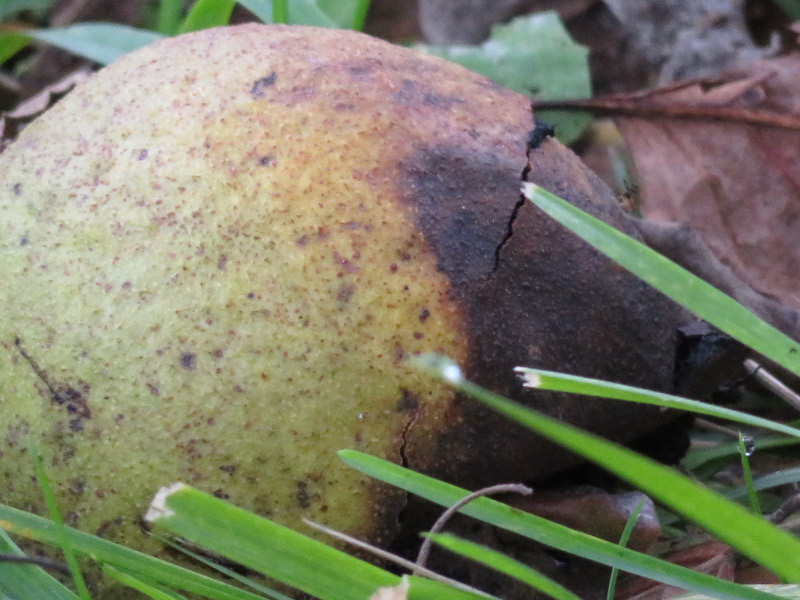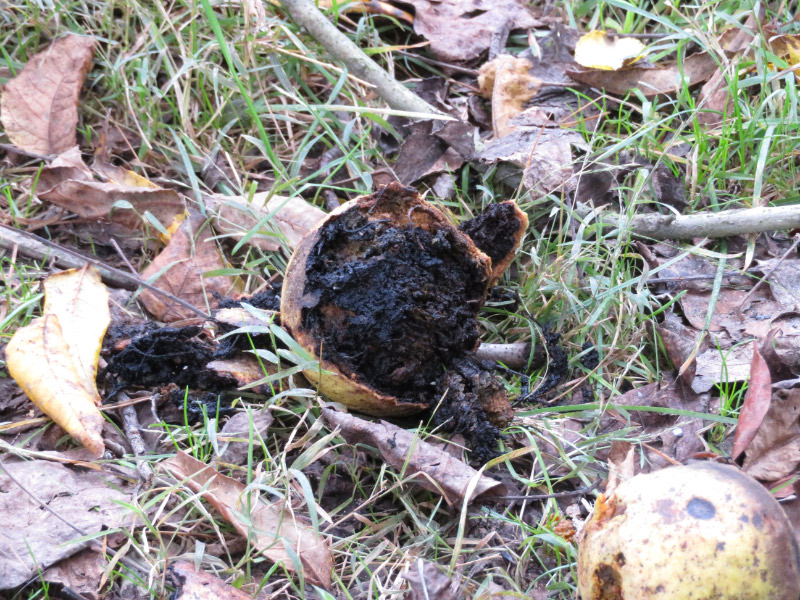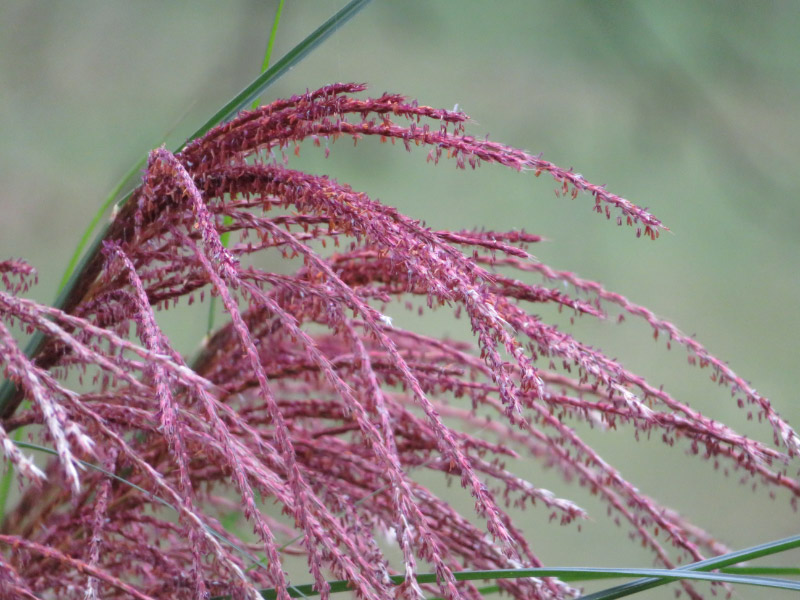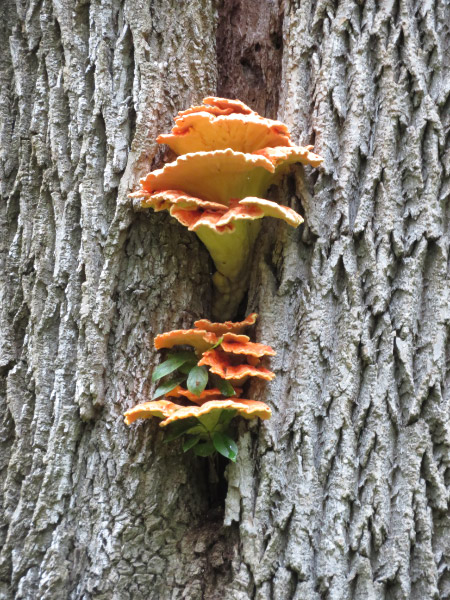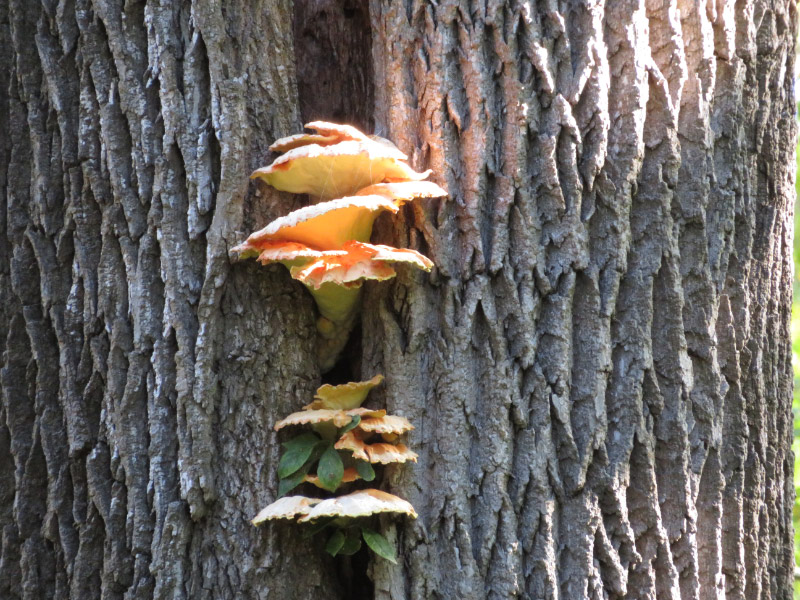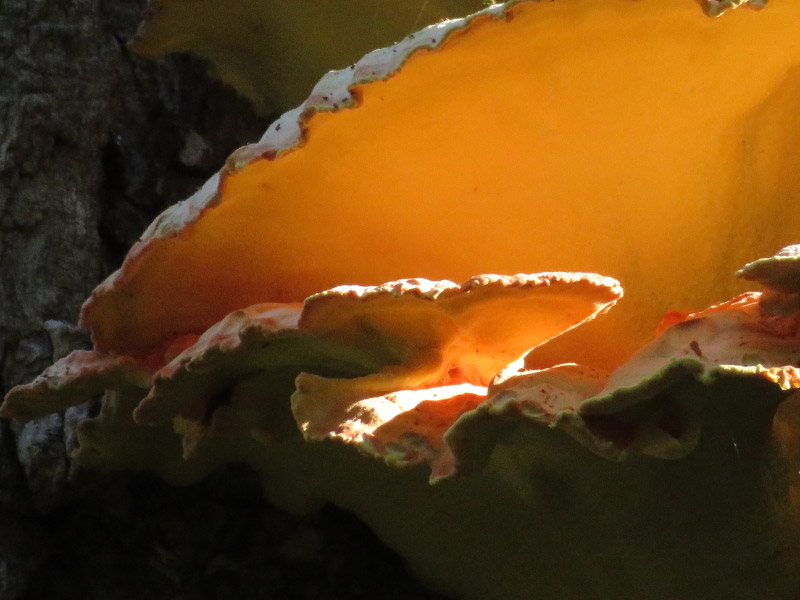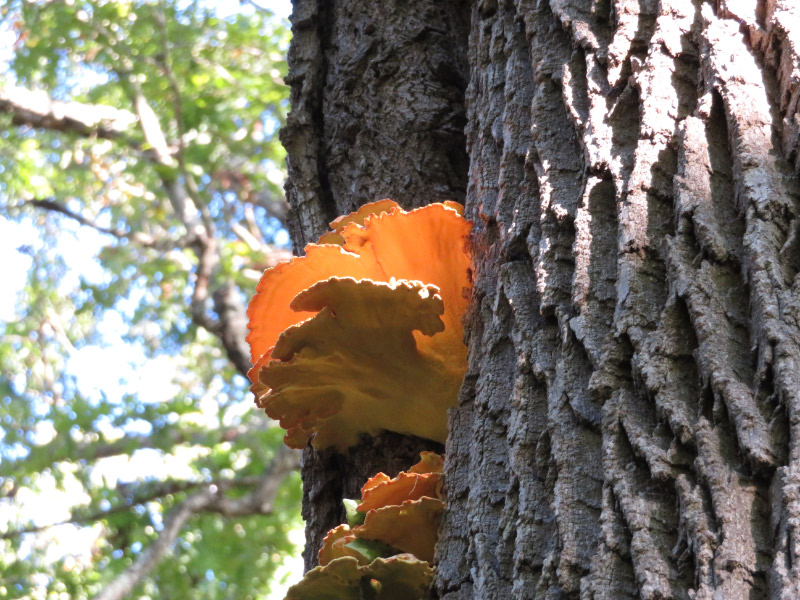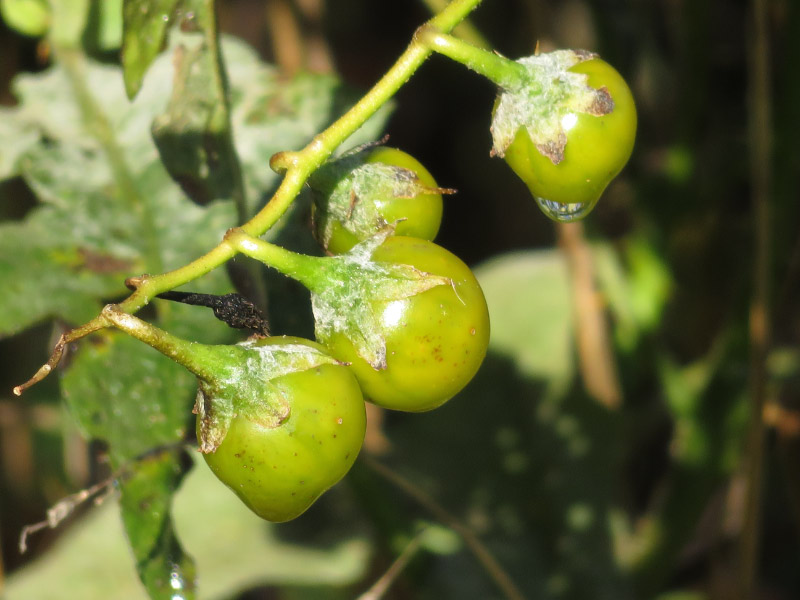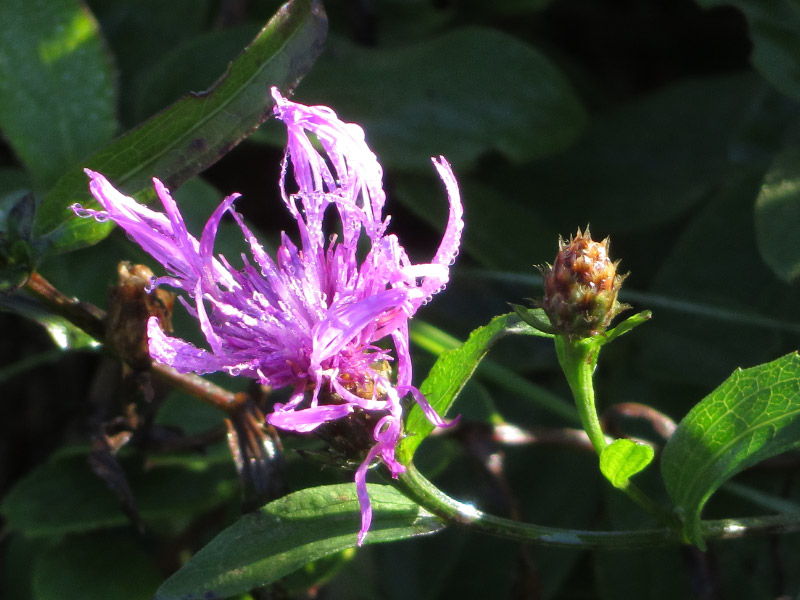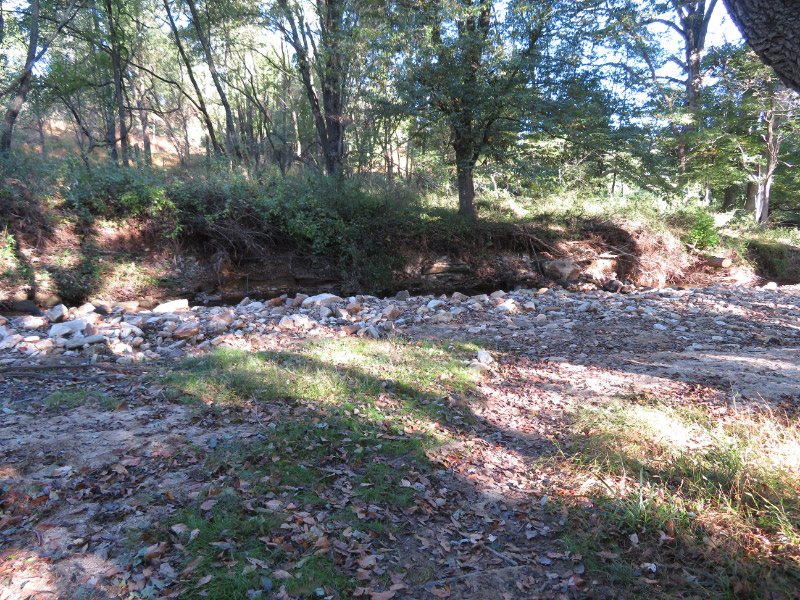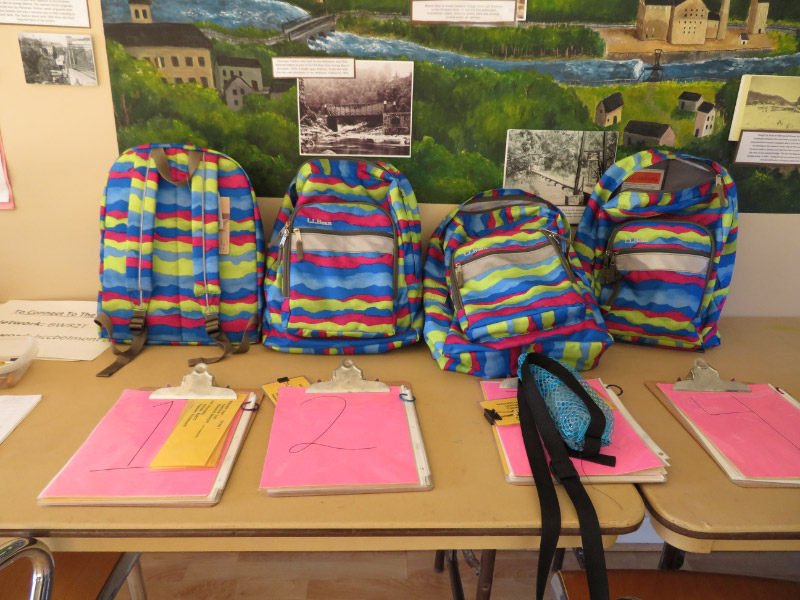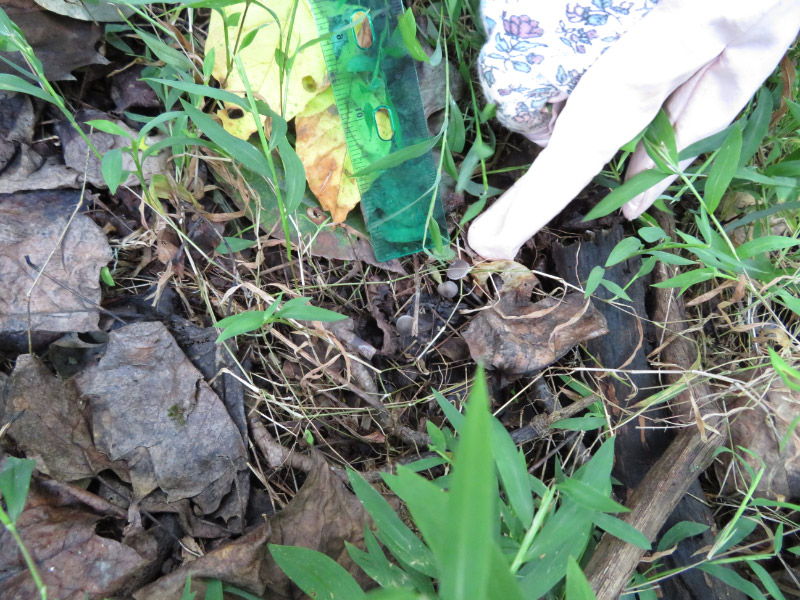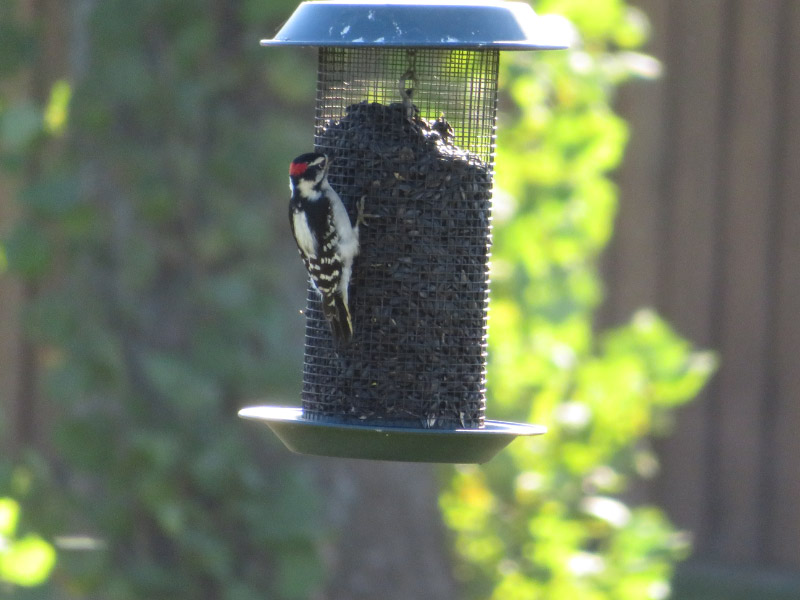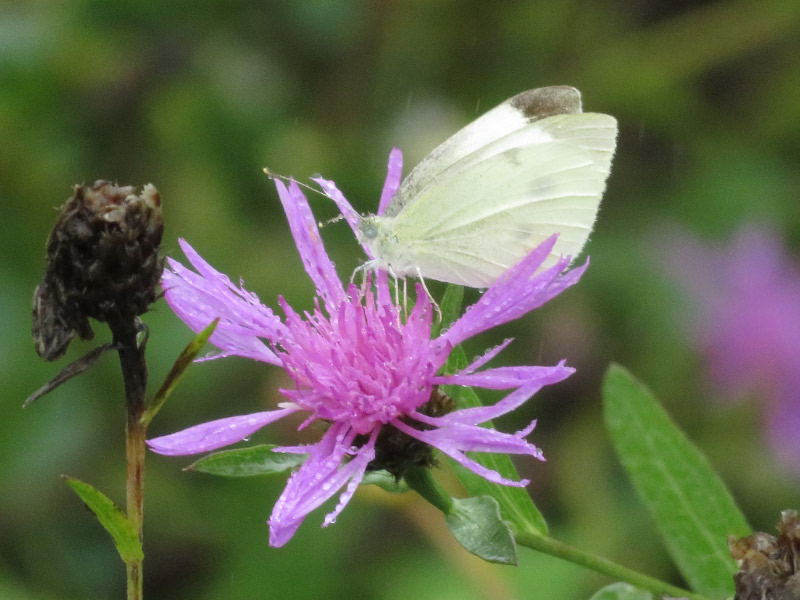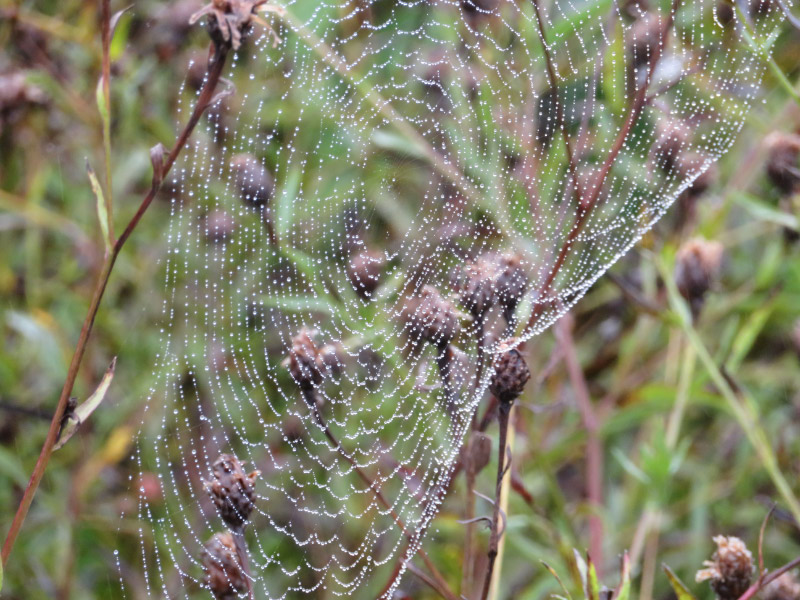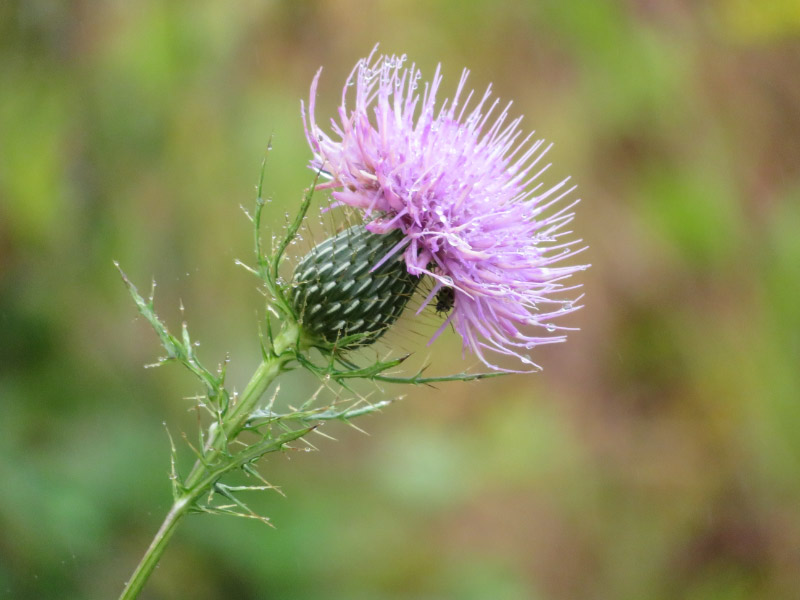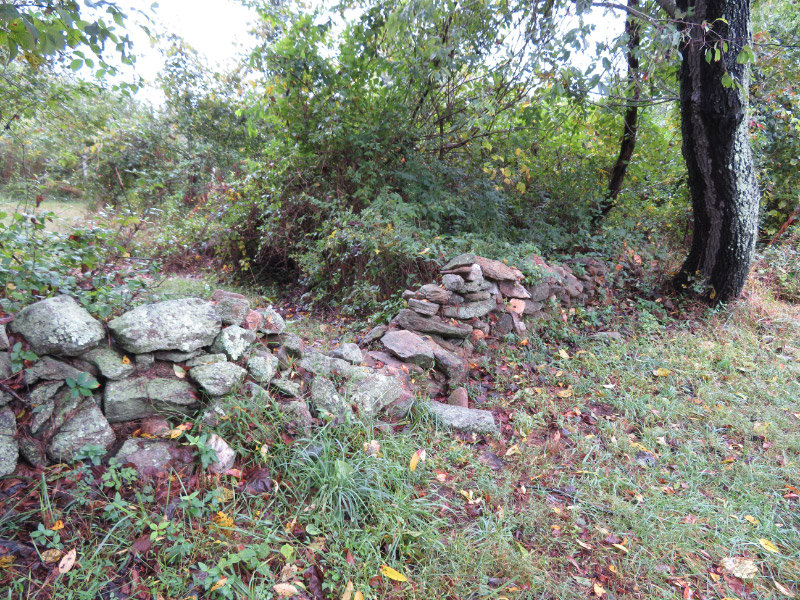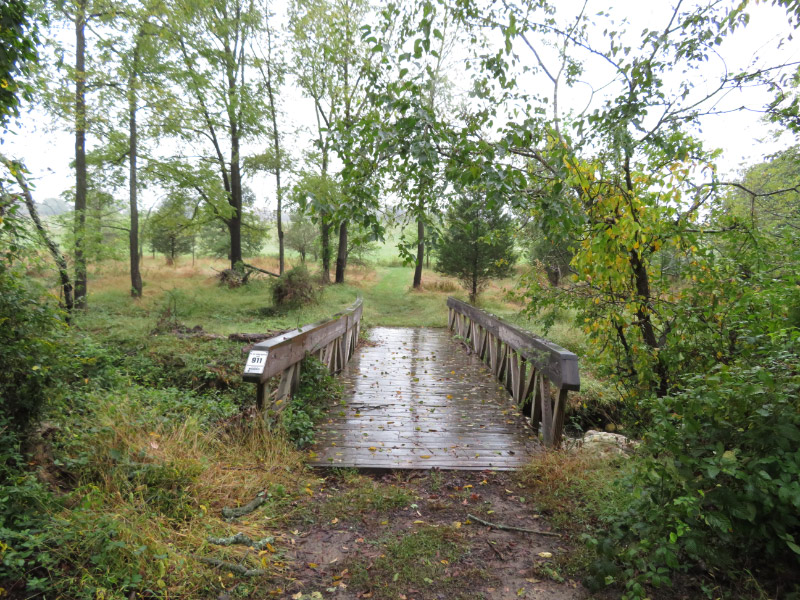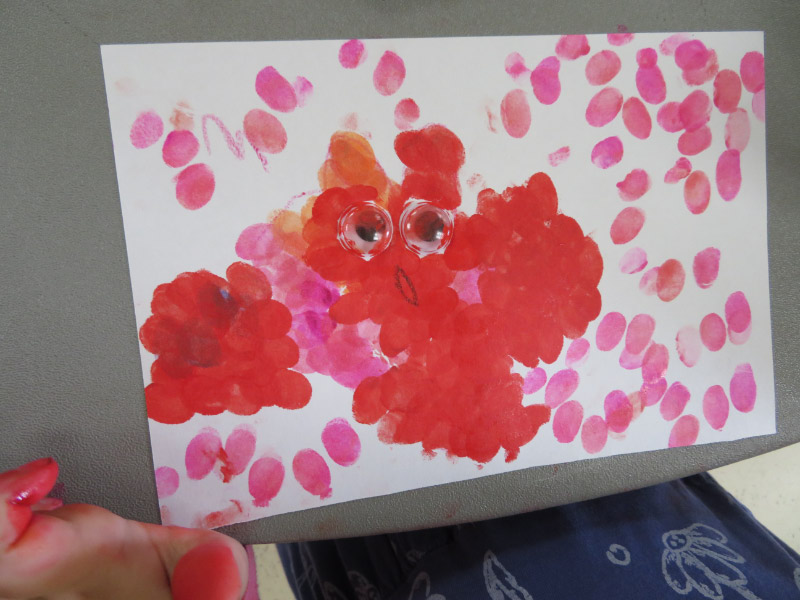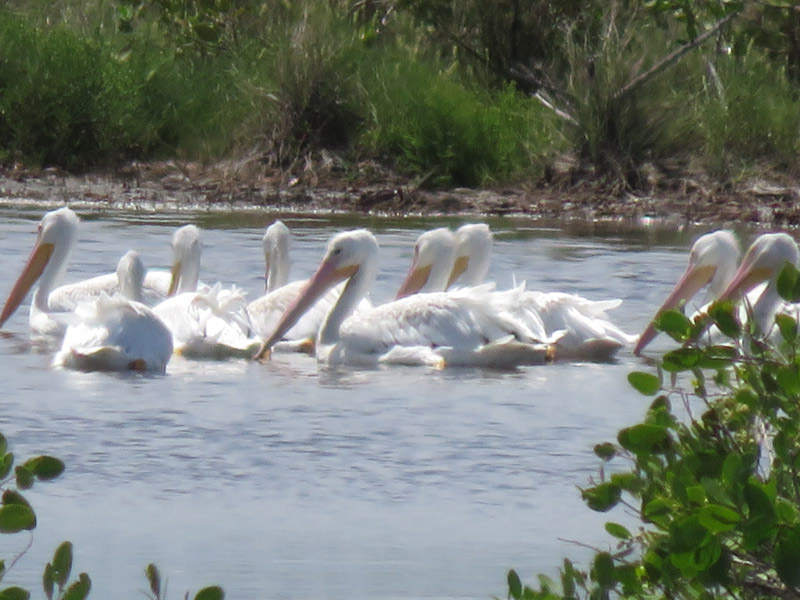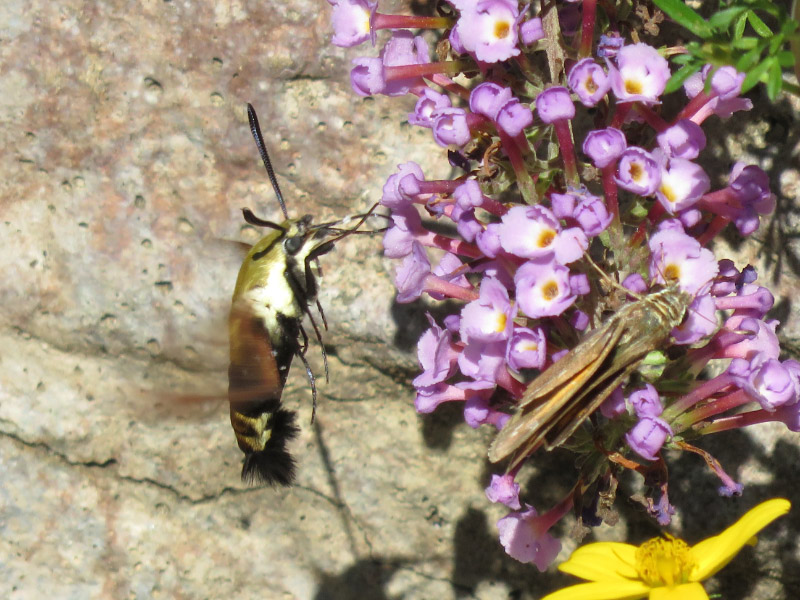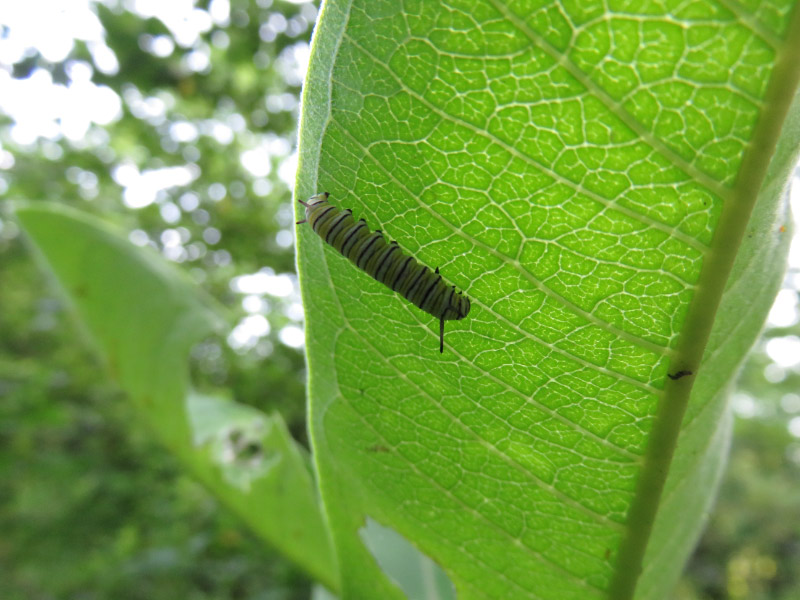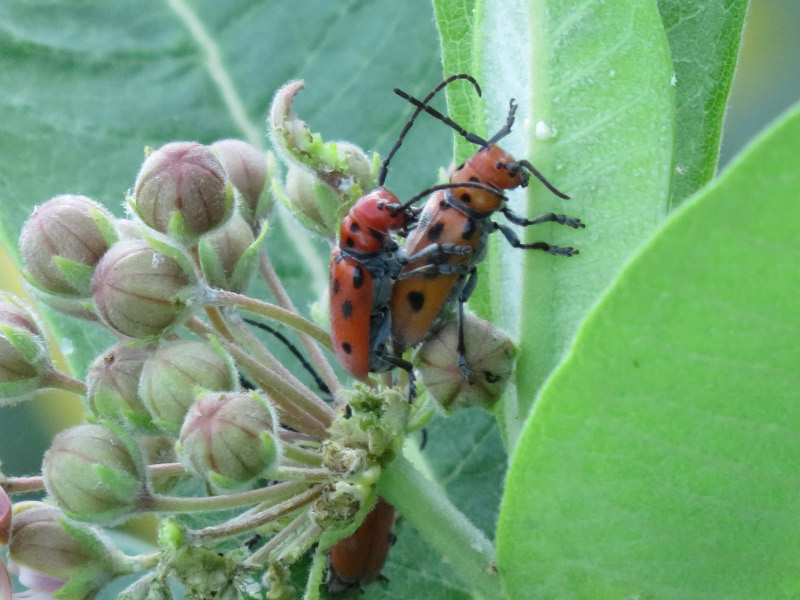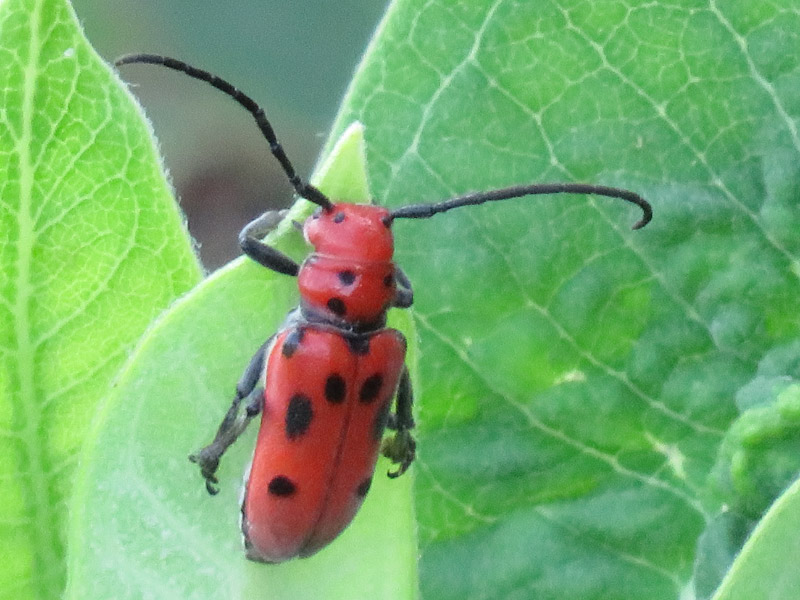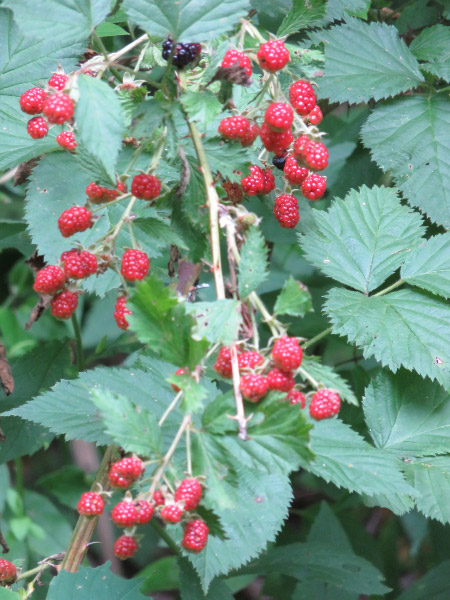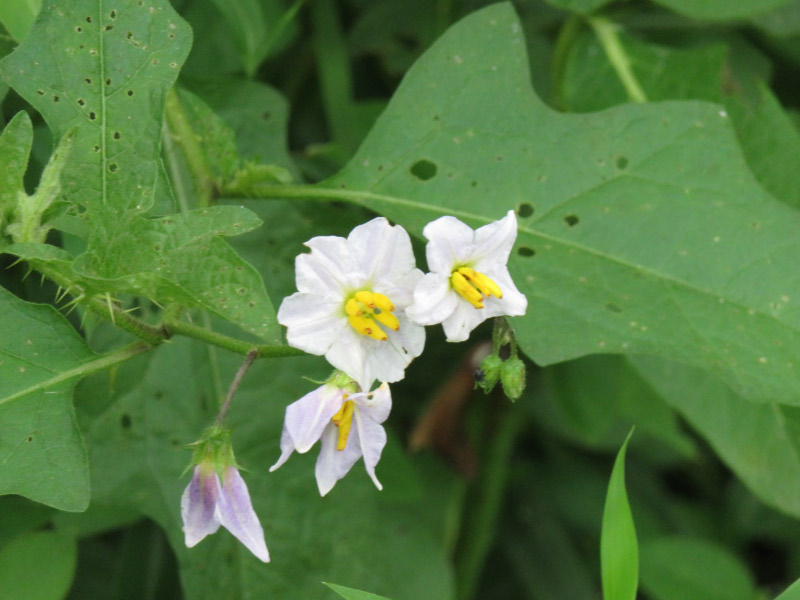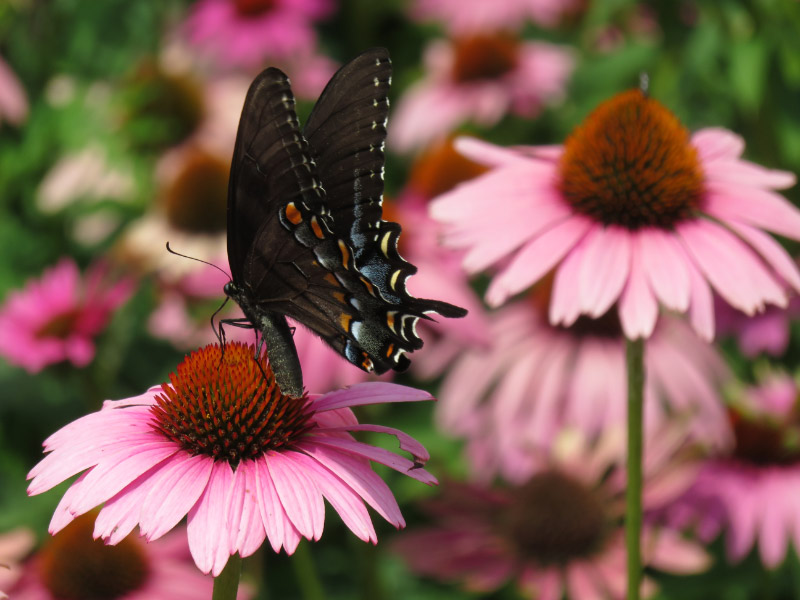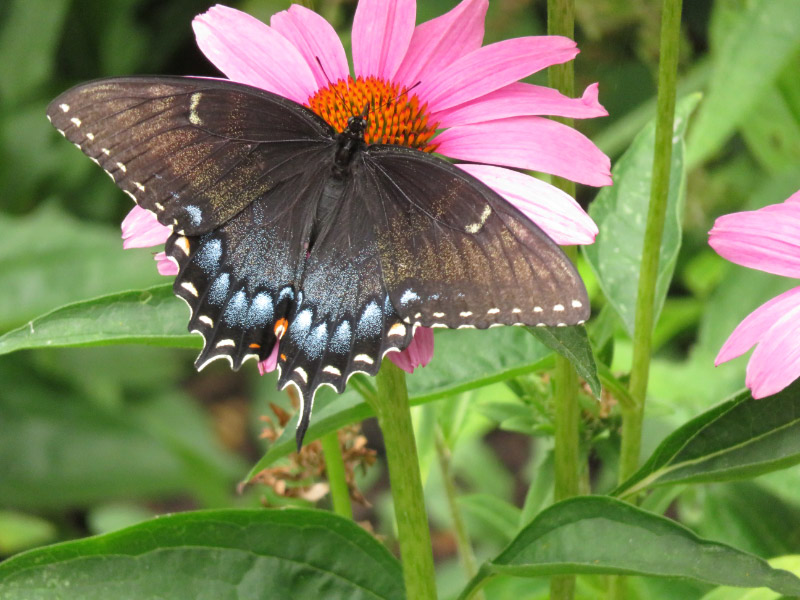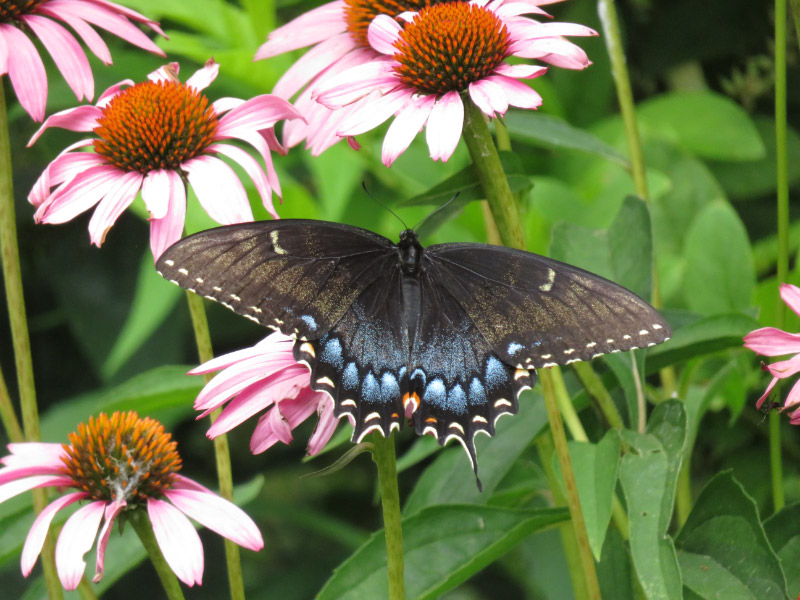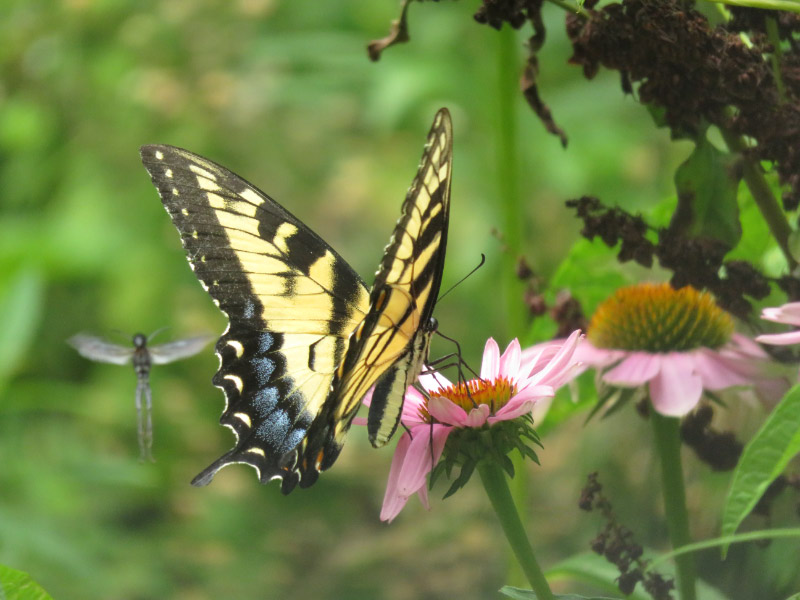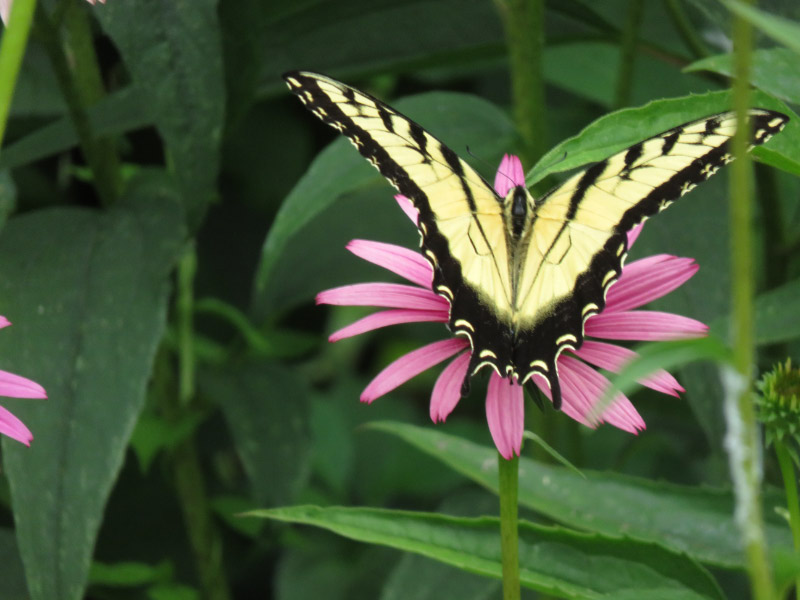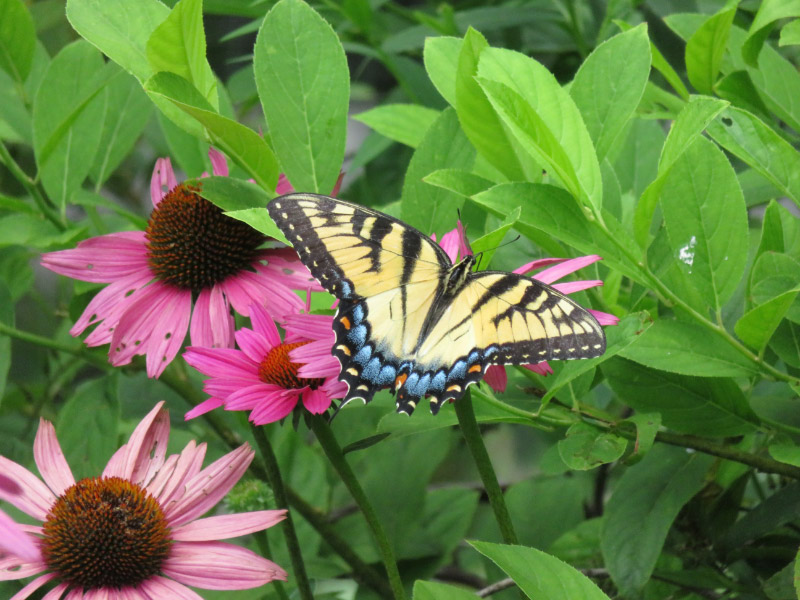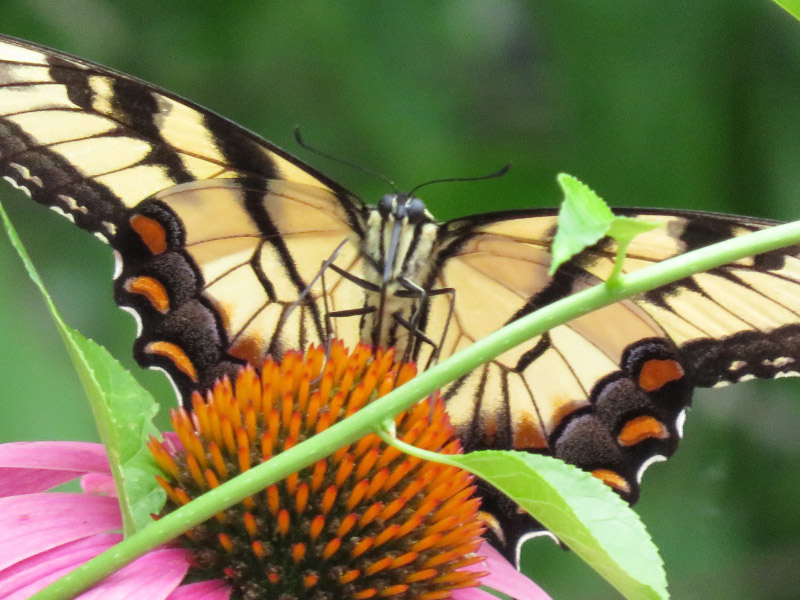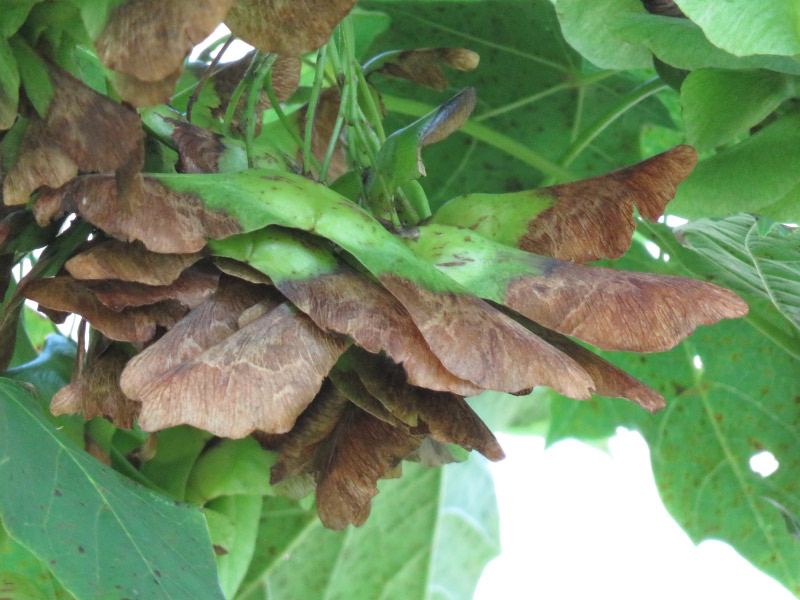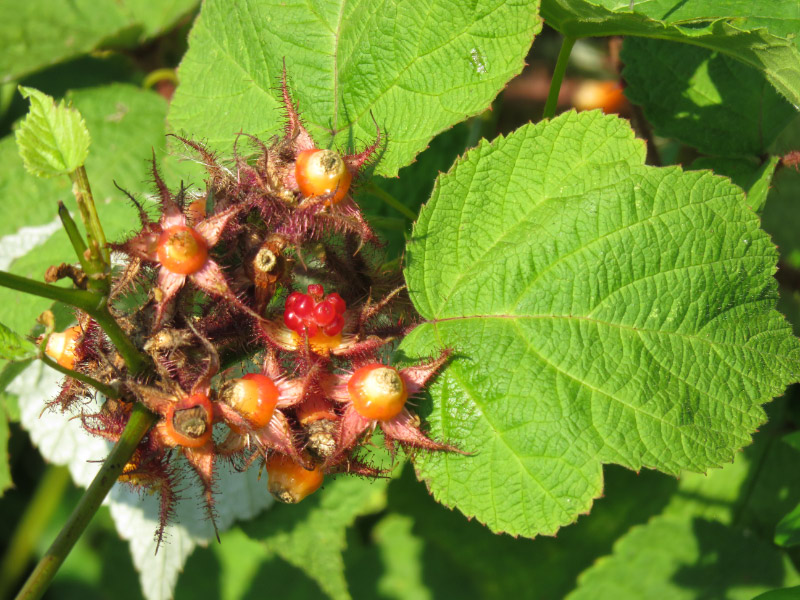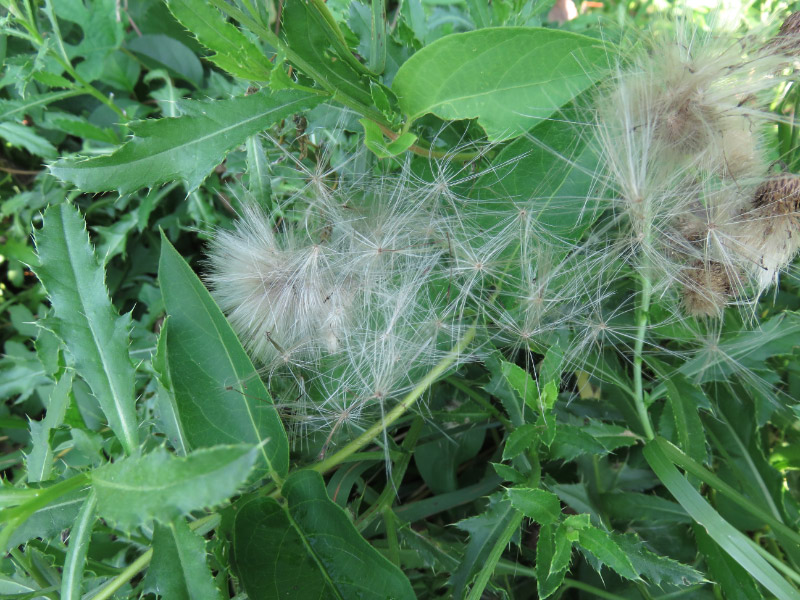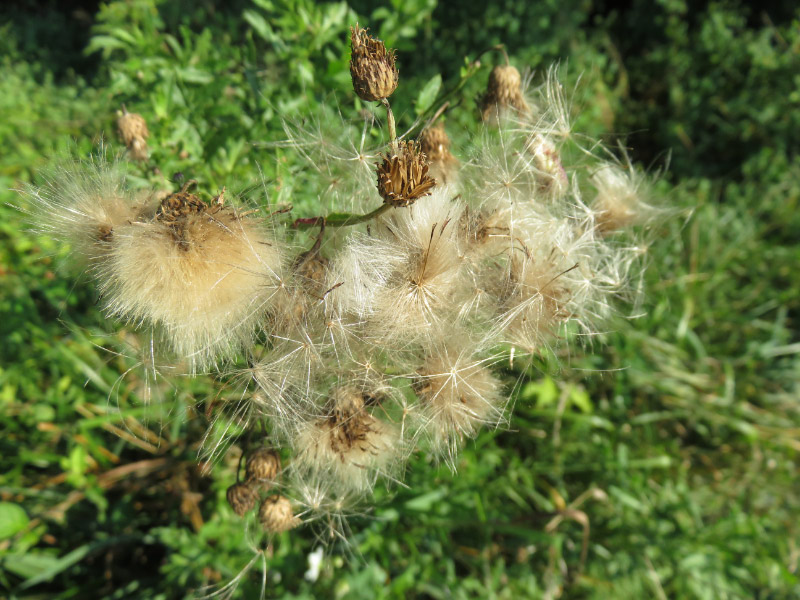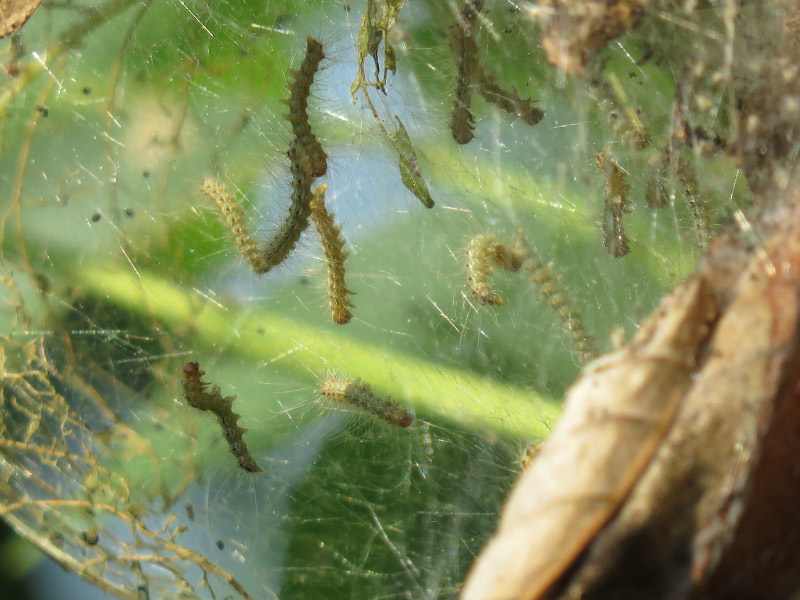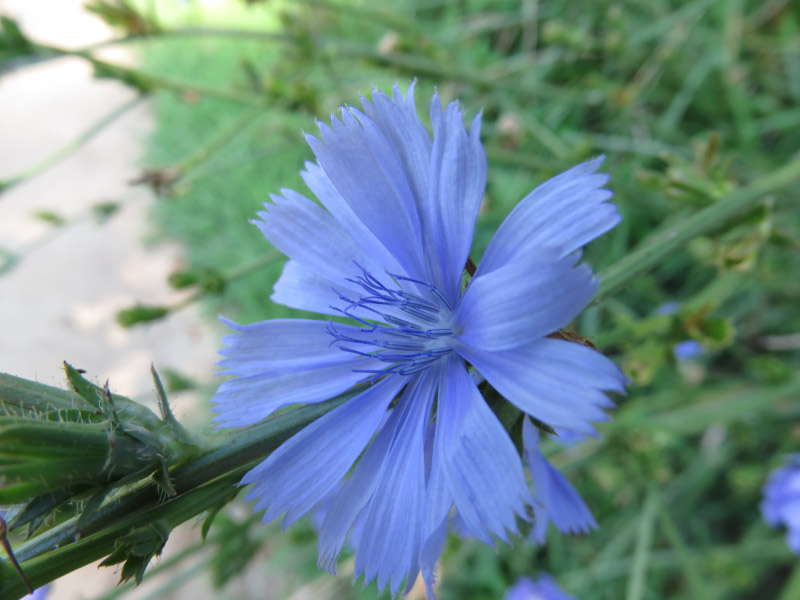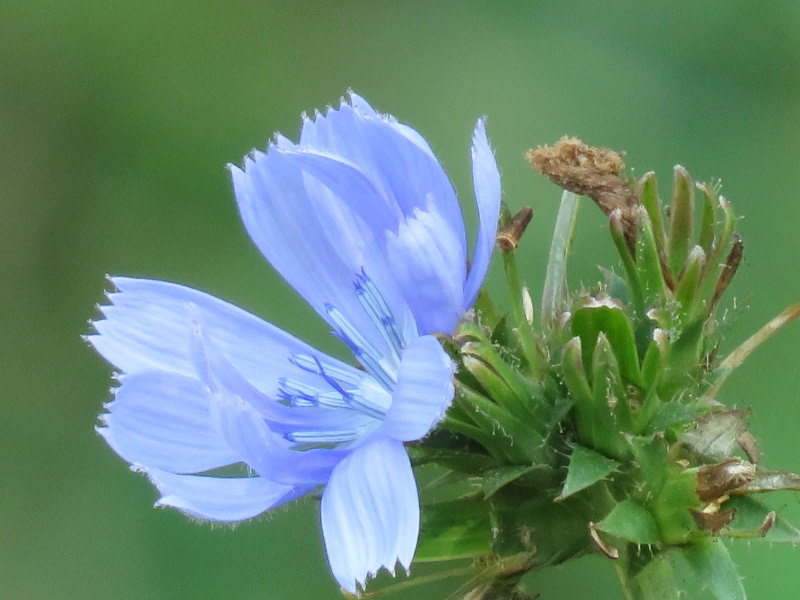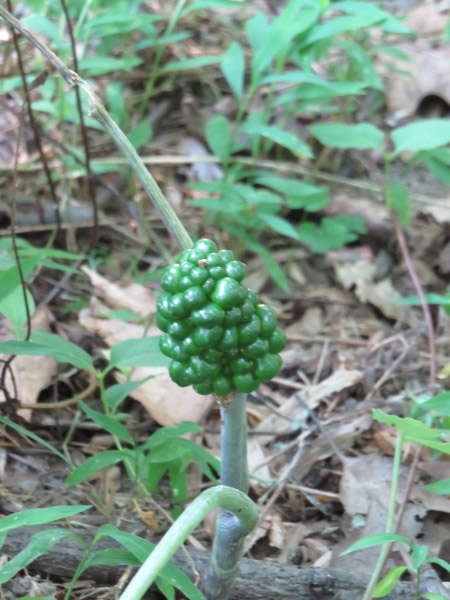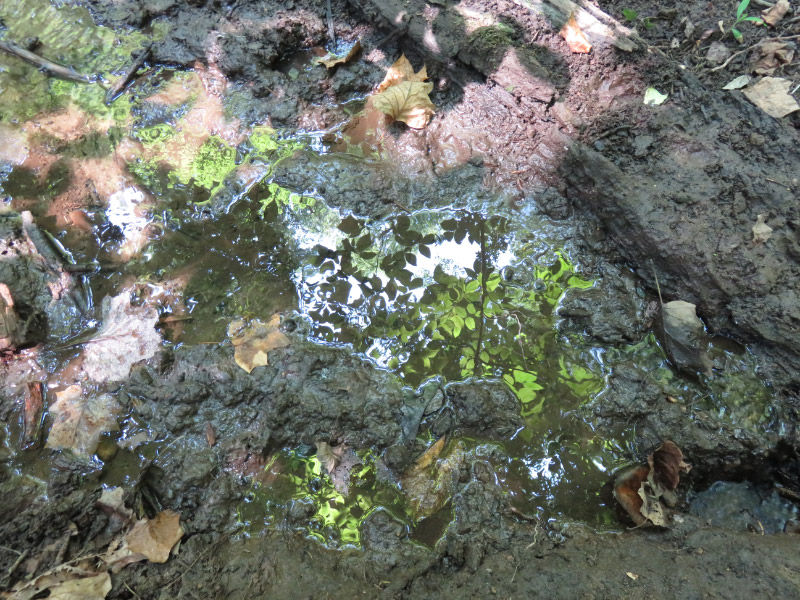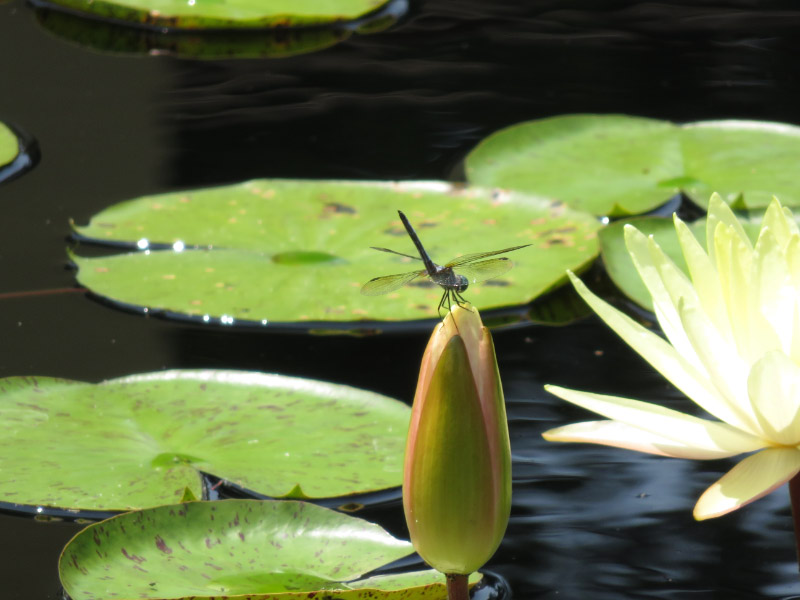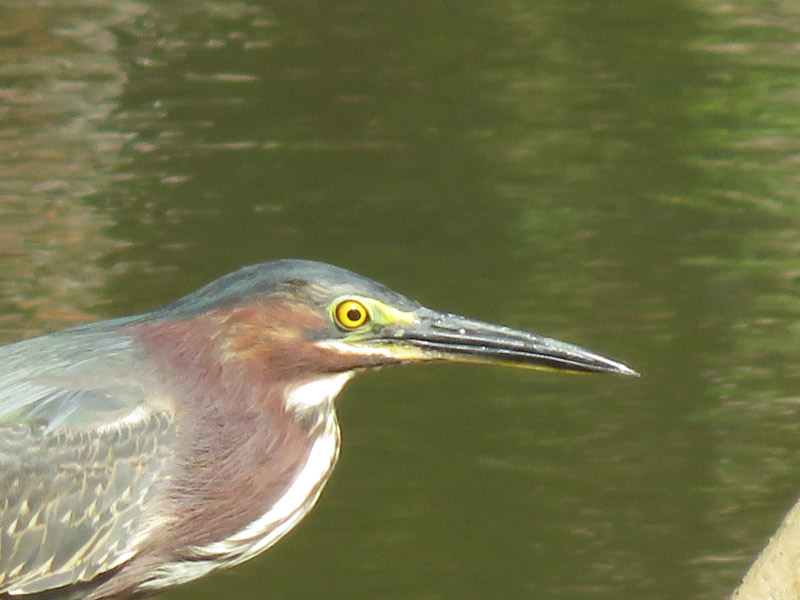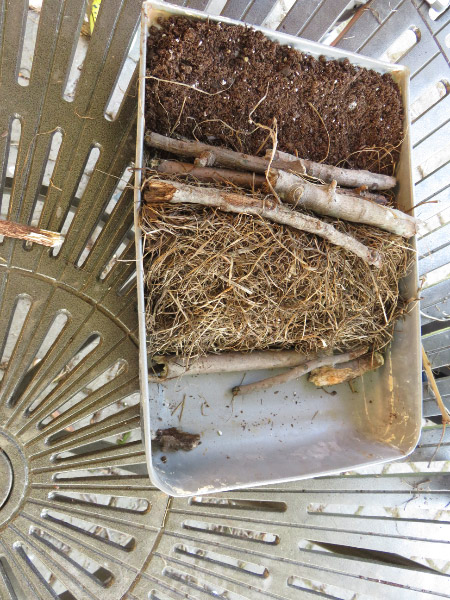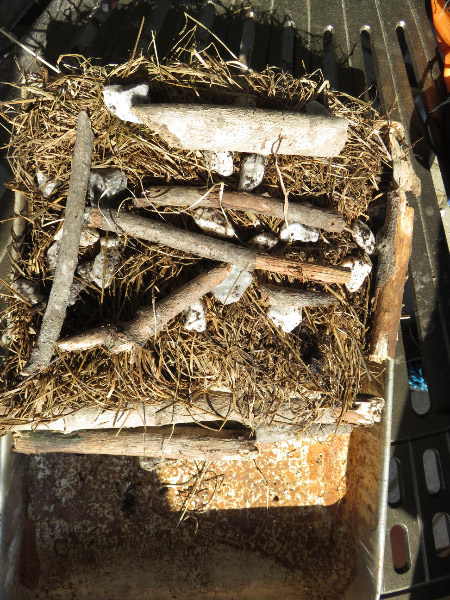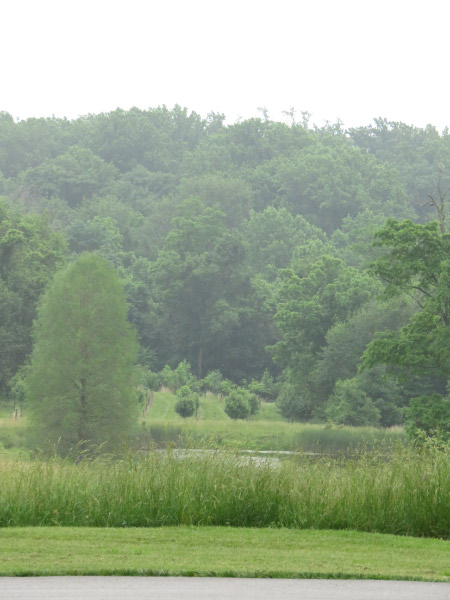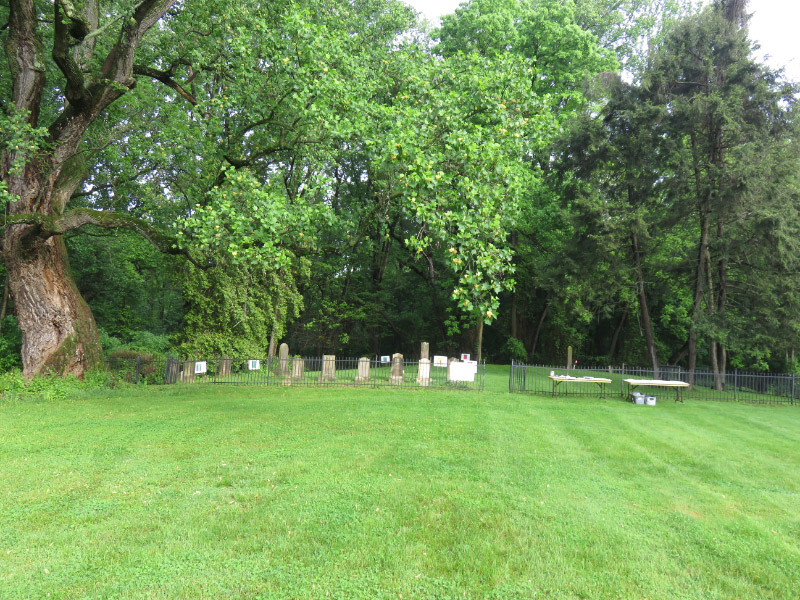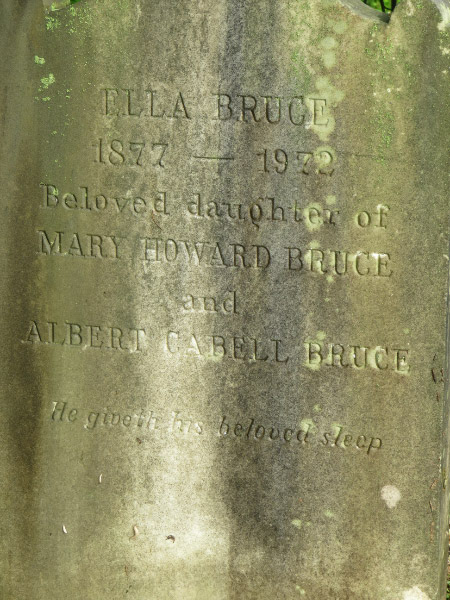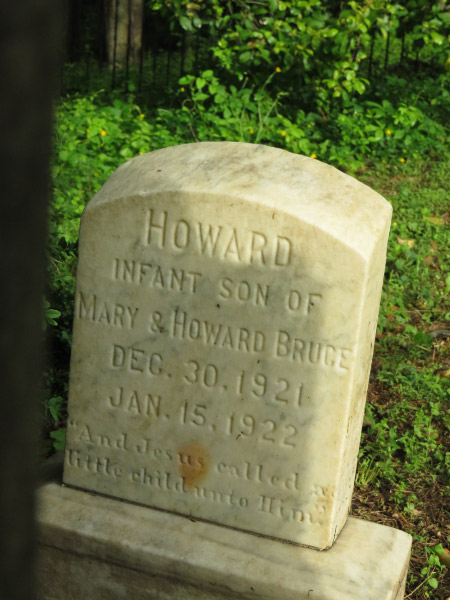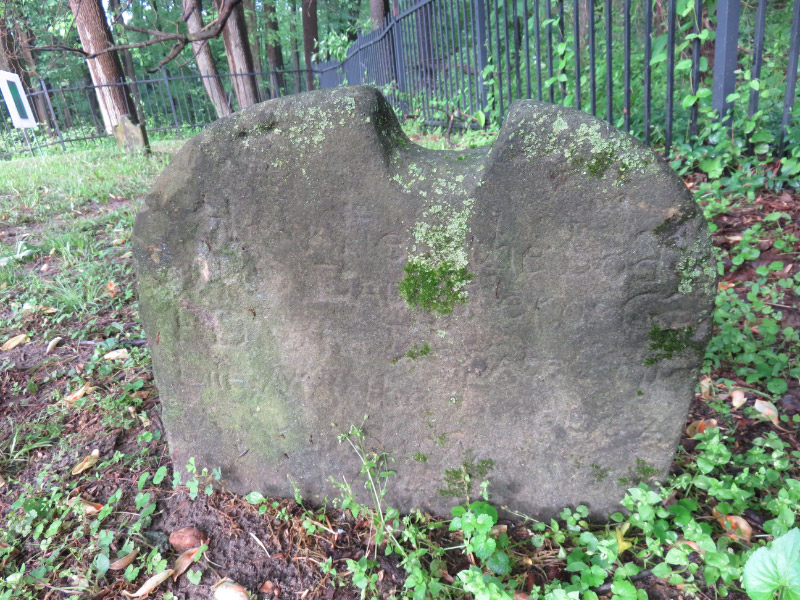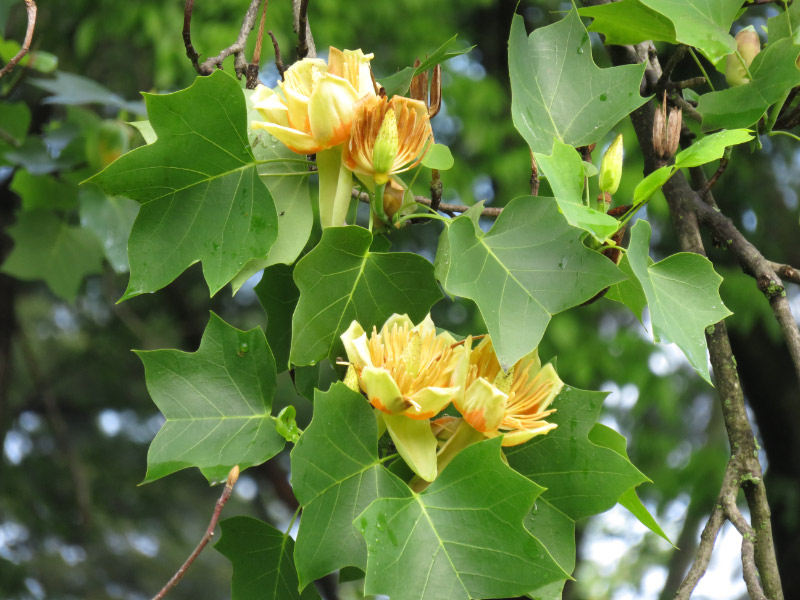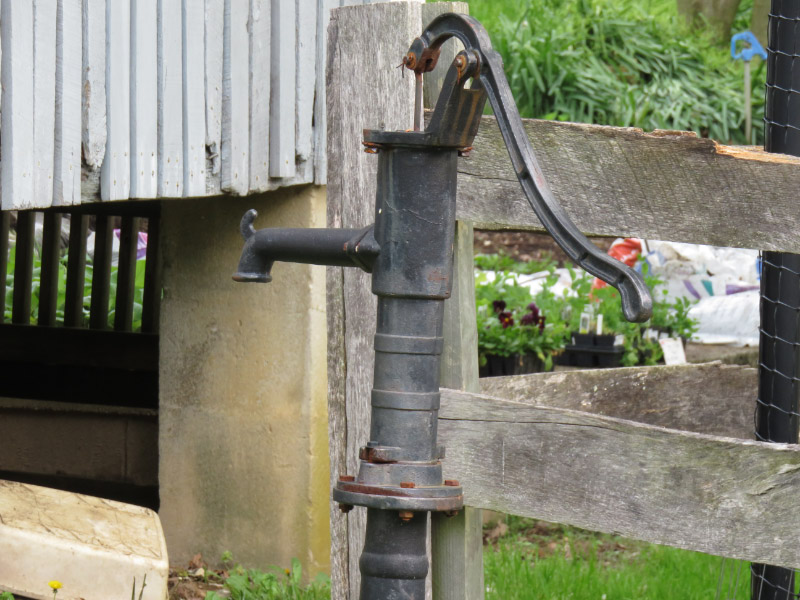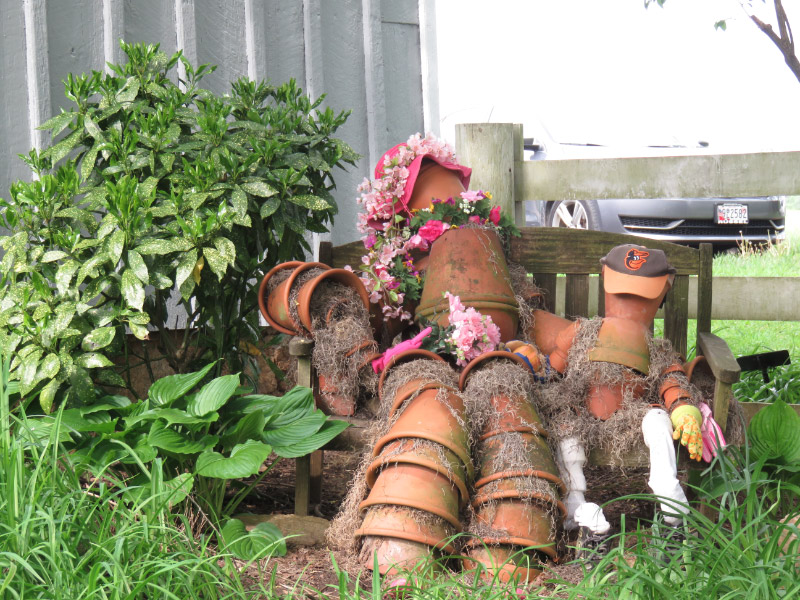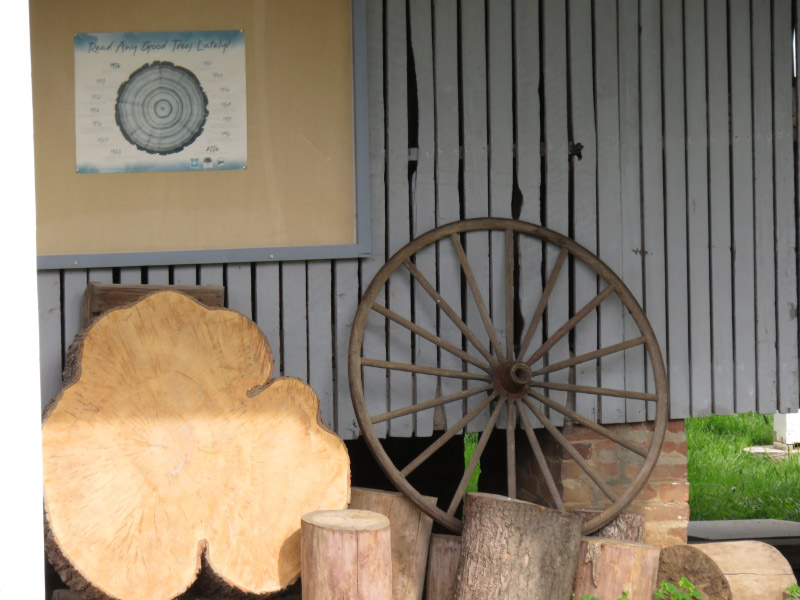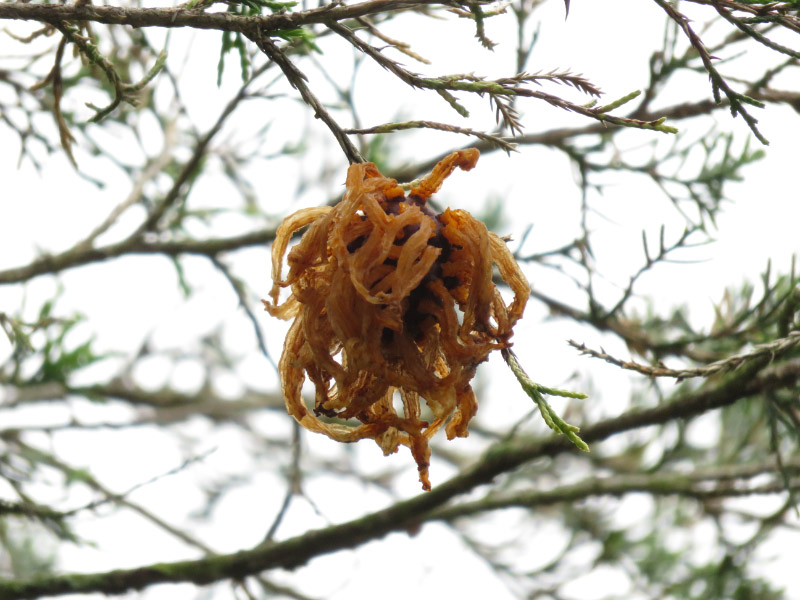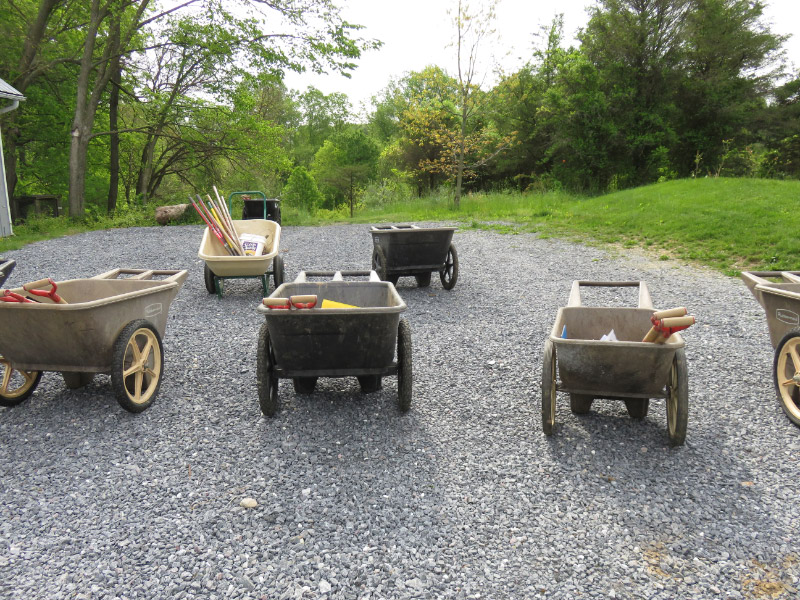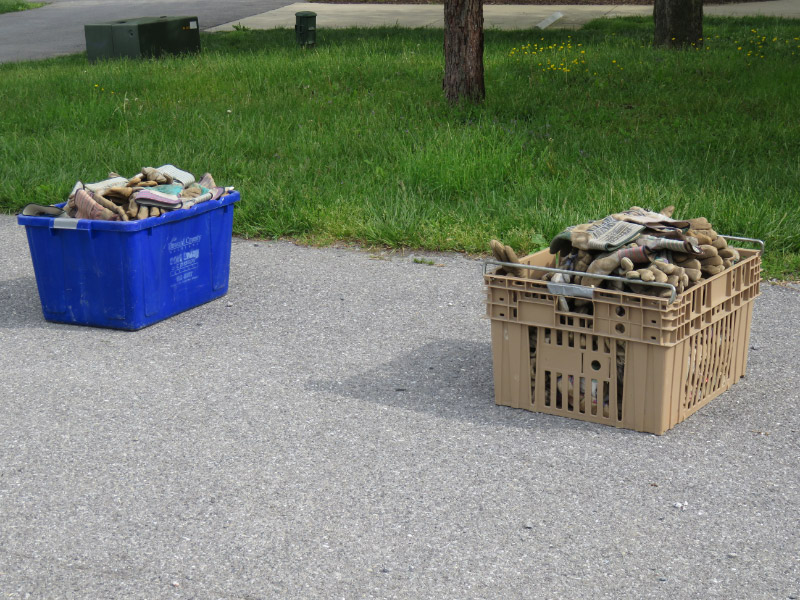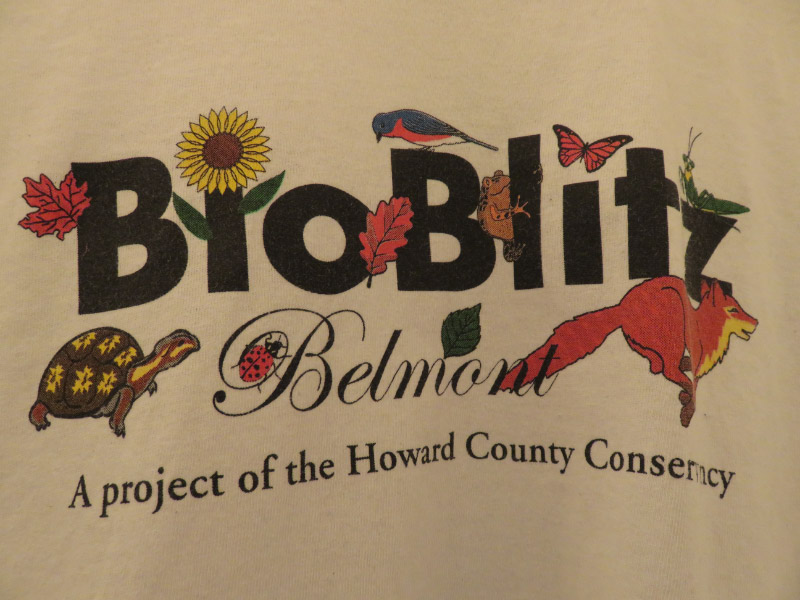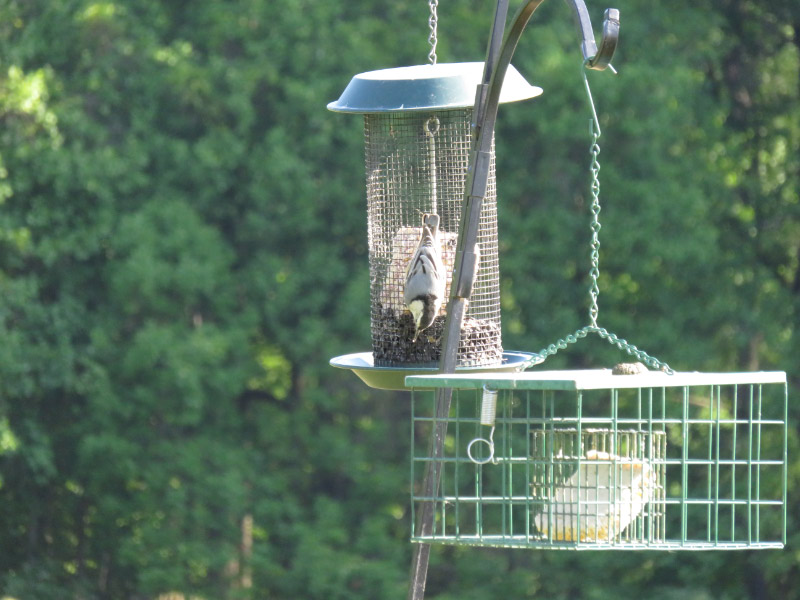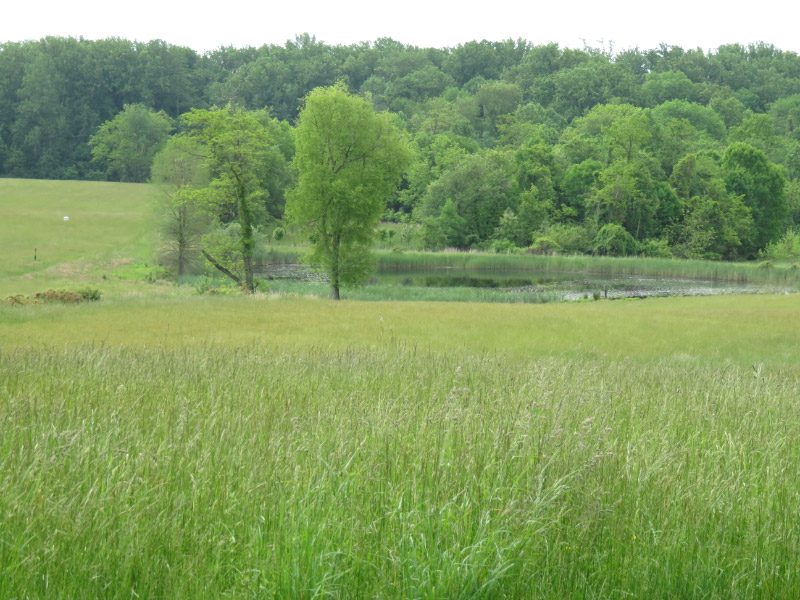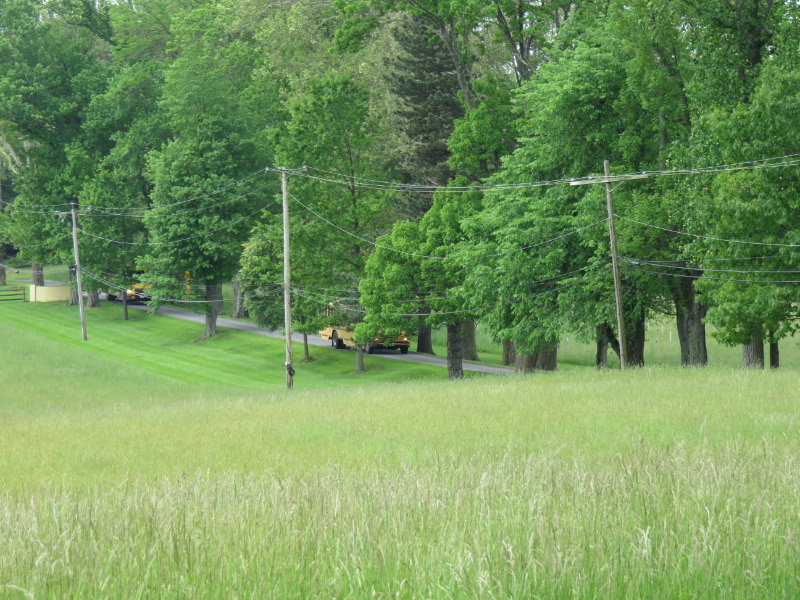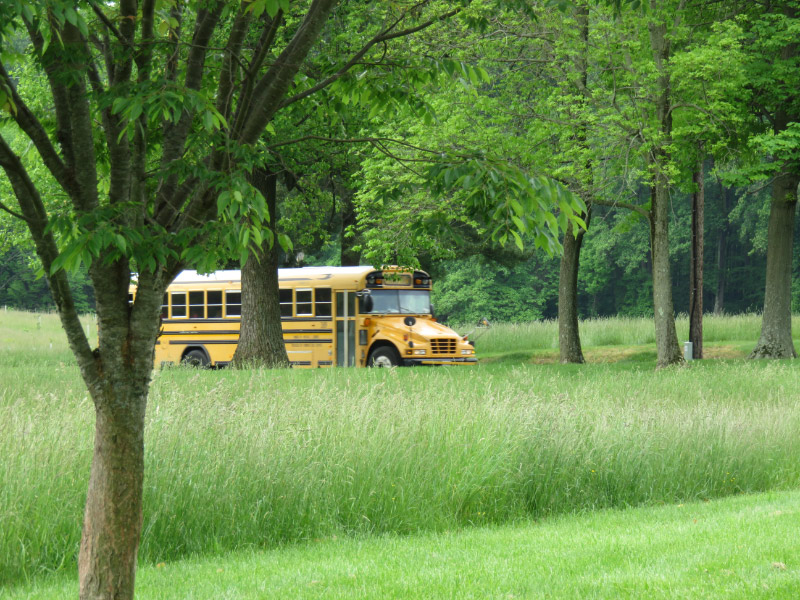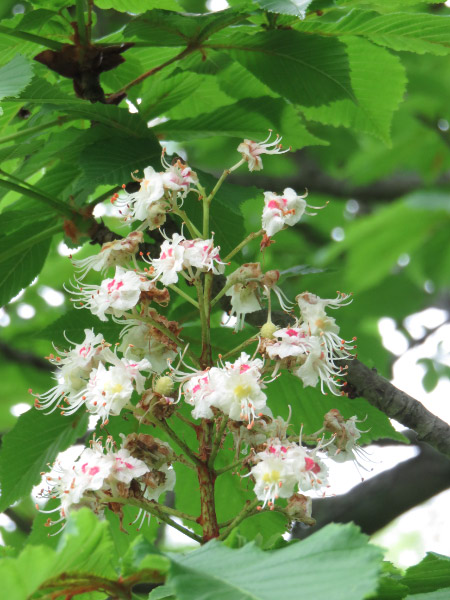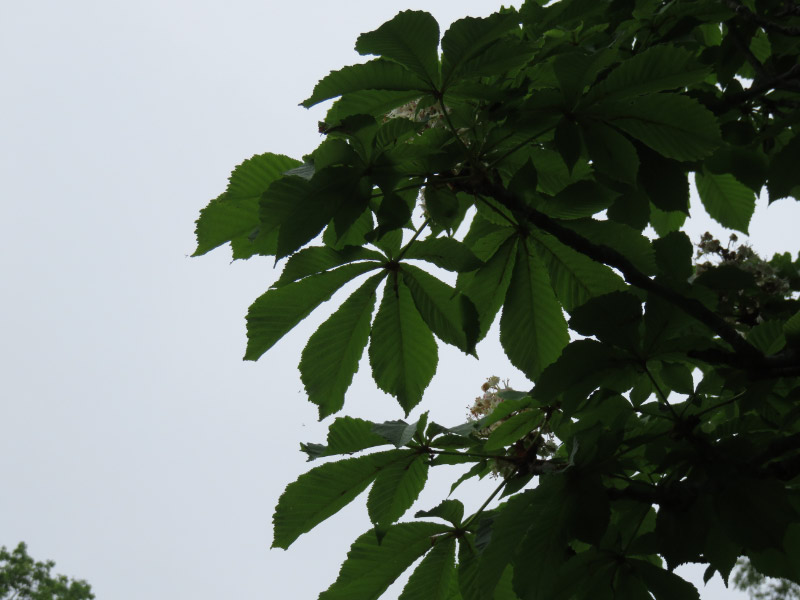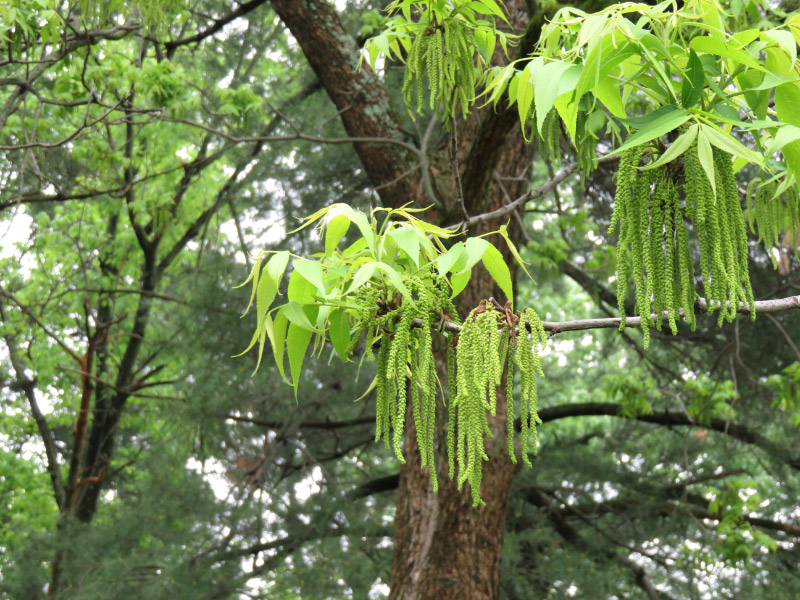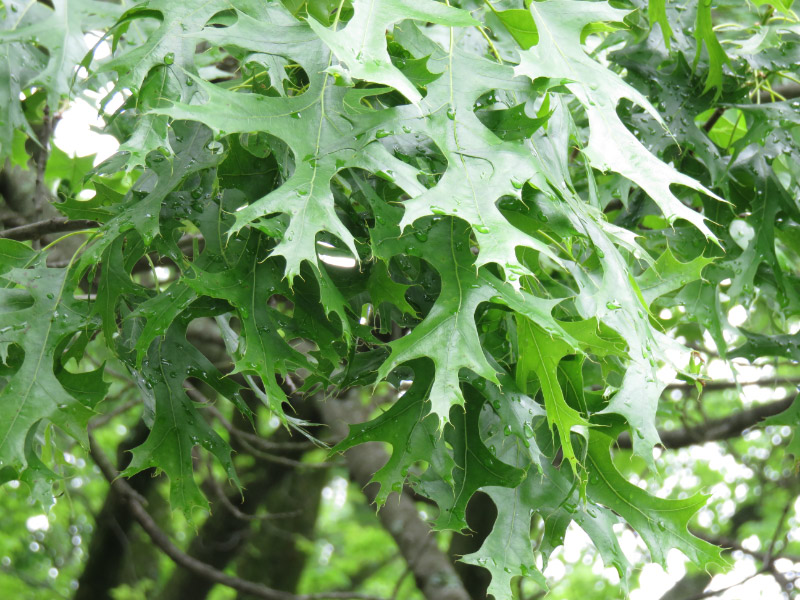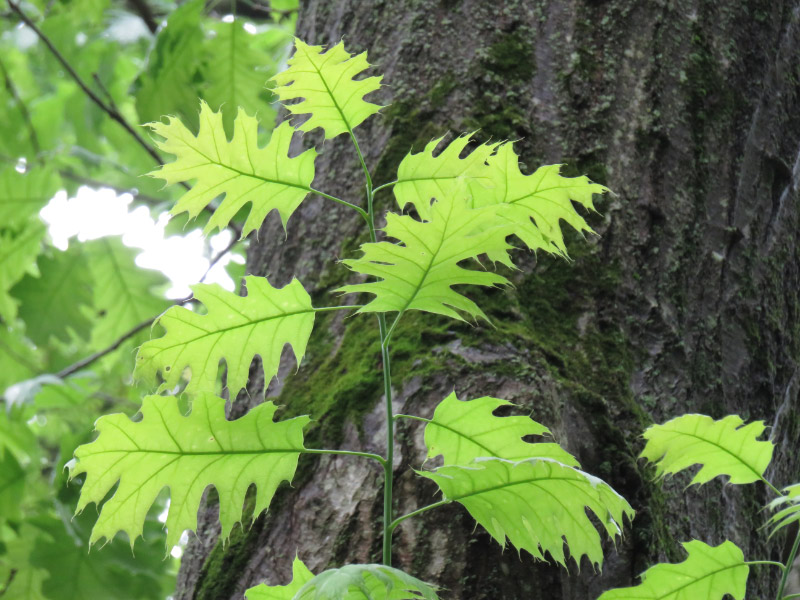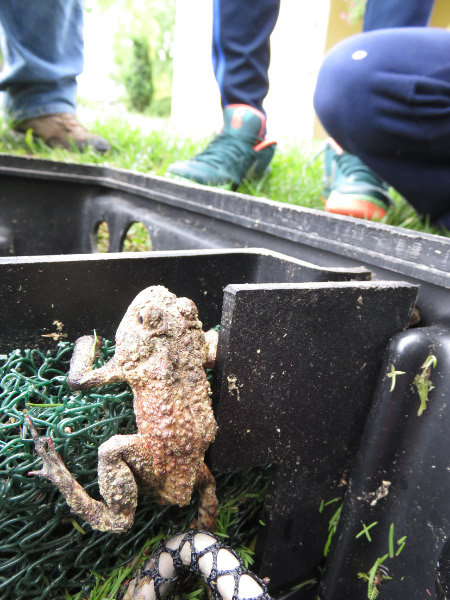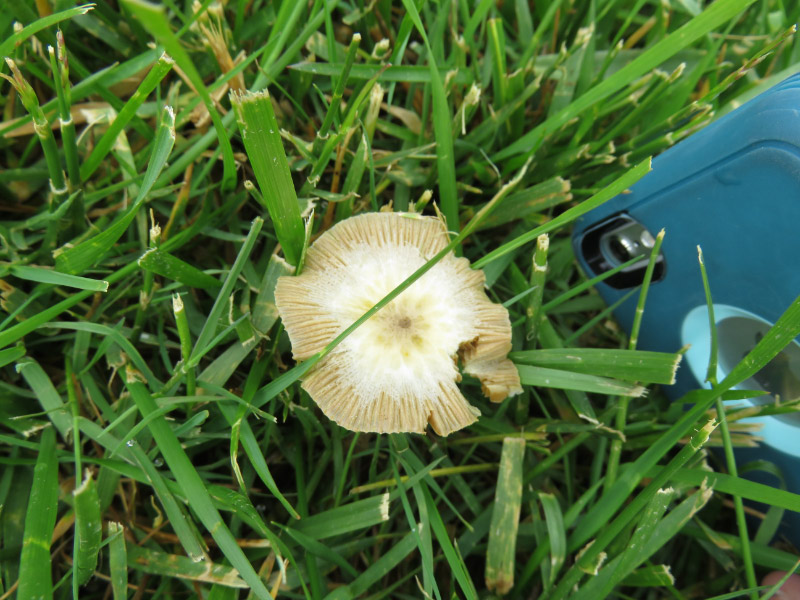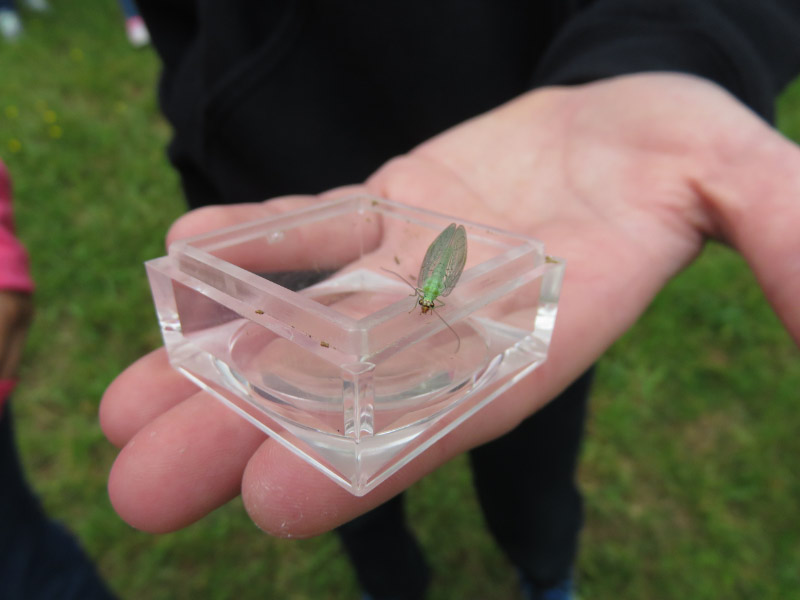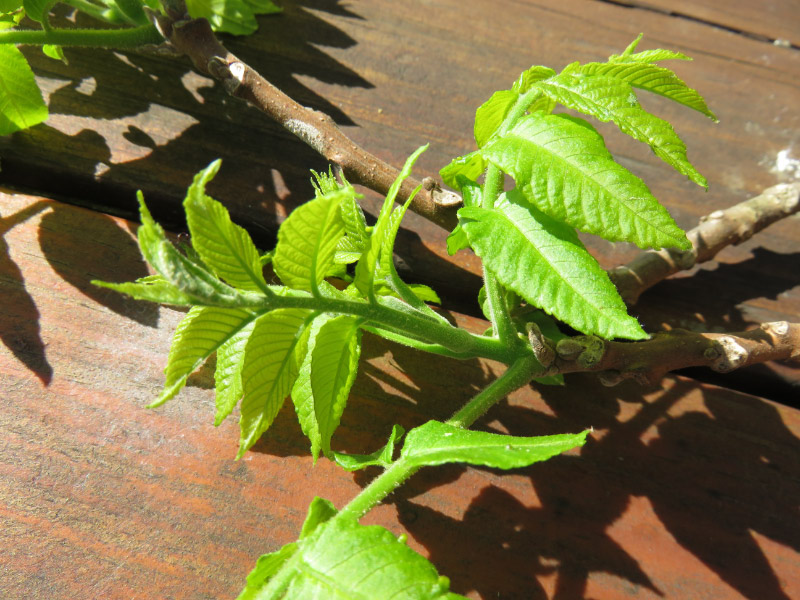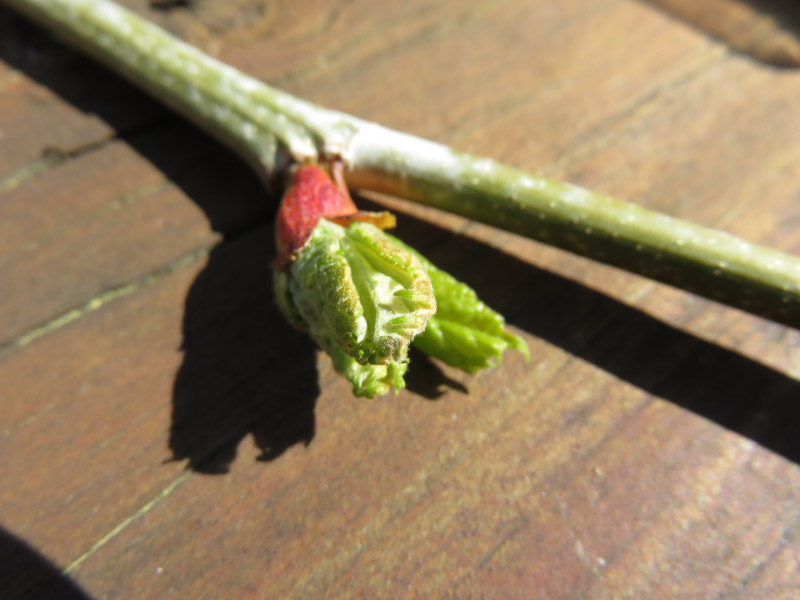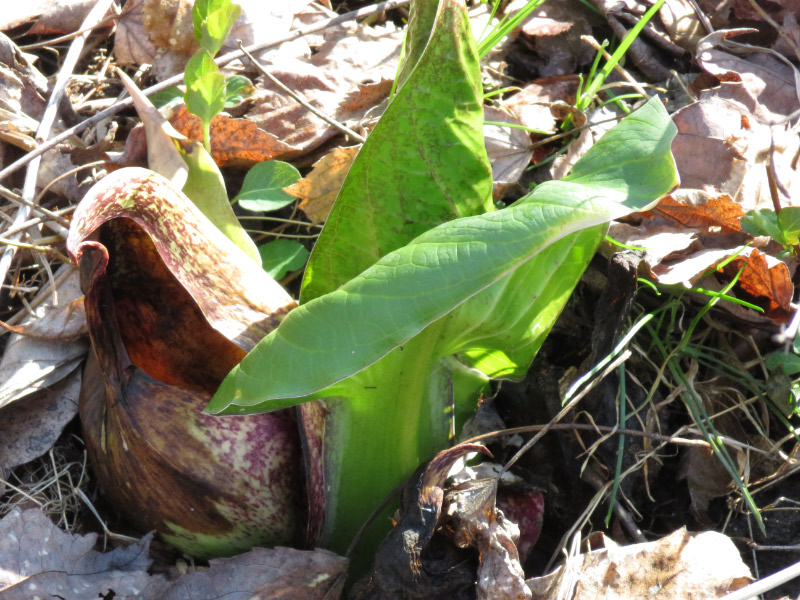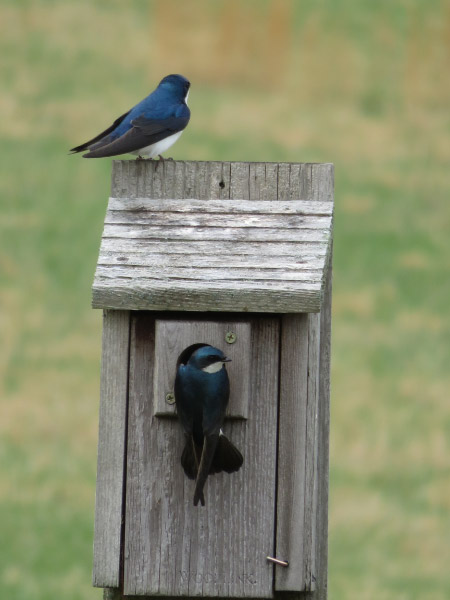Volunteering in December 2016
/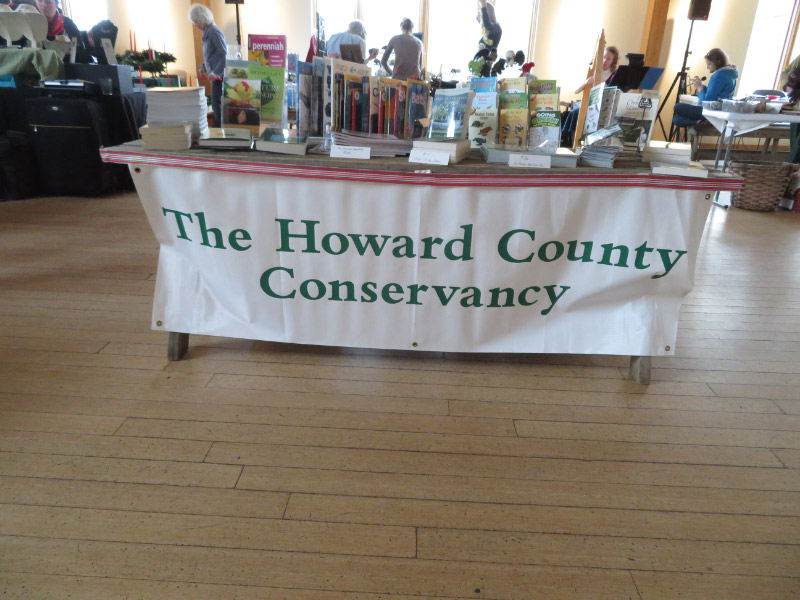 I always enjoy volunteering at The Howard County Conservancy’s Natural Holiday Sale in early December. This year was no exception.
I always enjoy volunteering at The Howard County Conservancy’s Natural Holiday Sale in early December. This year was no exception.
I got to Mt. Pleasant about an hour before the event started at 10 and kept the refreshment table stocked with cookies, water, and Russian Tea until about 1 when the next shift came on. I enjoyed the food in the kitchen for volunteers and vendors too: scones in the morning and then a scrumptious lunch of white chili, salad, chips…and cookies for dessert.
 It was a cool but sunny day and the turnout was the highest ever at just under 500 people. The vendor with wreaths and larger arrangements sold out by 1 when I left. The event continued until 3. The critter construction with natural materials and glue guns was going strong the whole time. I took some pictures of some of the materials and sample constructions before the event got started…and then got too busy to do more. Next year maybe I’ll make a critter myself. The activity started years ago for children but now it is popular with people of all ages (although still mostly children).
It was a cool but sunny day and the turnout was the highest ever at just under 500 people. The vendor with wreaths and larger arrangements sold out by 1 when I left. The event continued until 3. The critter construction with natural materials and glue guns was going strong the whole time. I took some pictures of some of the materials and sample constructions before the event got started…and then got too busy to do more. Next year maybe I’ll make a critter myself. The activity started years ago for children but now it is popular with people of all ages (although still mostly children).
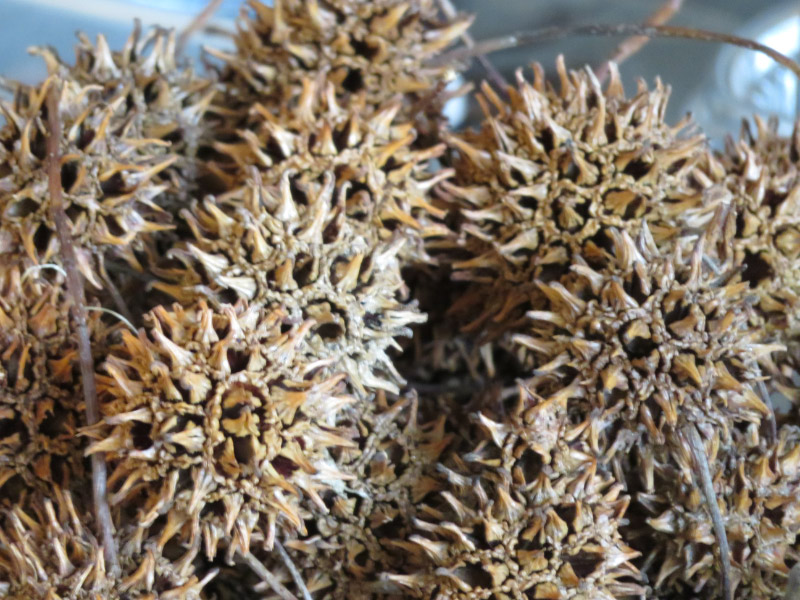



I’d planned to hike a little after my shift but it was cold and I was tired. I hiked past the farm house where a squirrel was active in the leaves
 Because I wanted to see Ranger (the barred owl) in his new enclosure. He seemed calm even with all the activity of people constructing the goat house in the enclosure next to him.
Because I wanted to see Ranger (the barred owl) in his new enclosure. He seemed calm even with all the activity of people constructing the goat house in the enclosure next to him.
On the way to my car, I couldn’t resist a picture of the flower pot people – in their December garb.
Now – I’m in the holiday mood!

